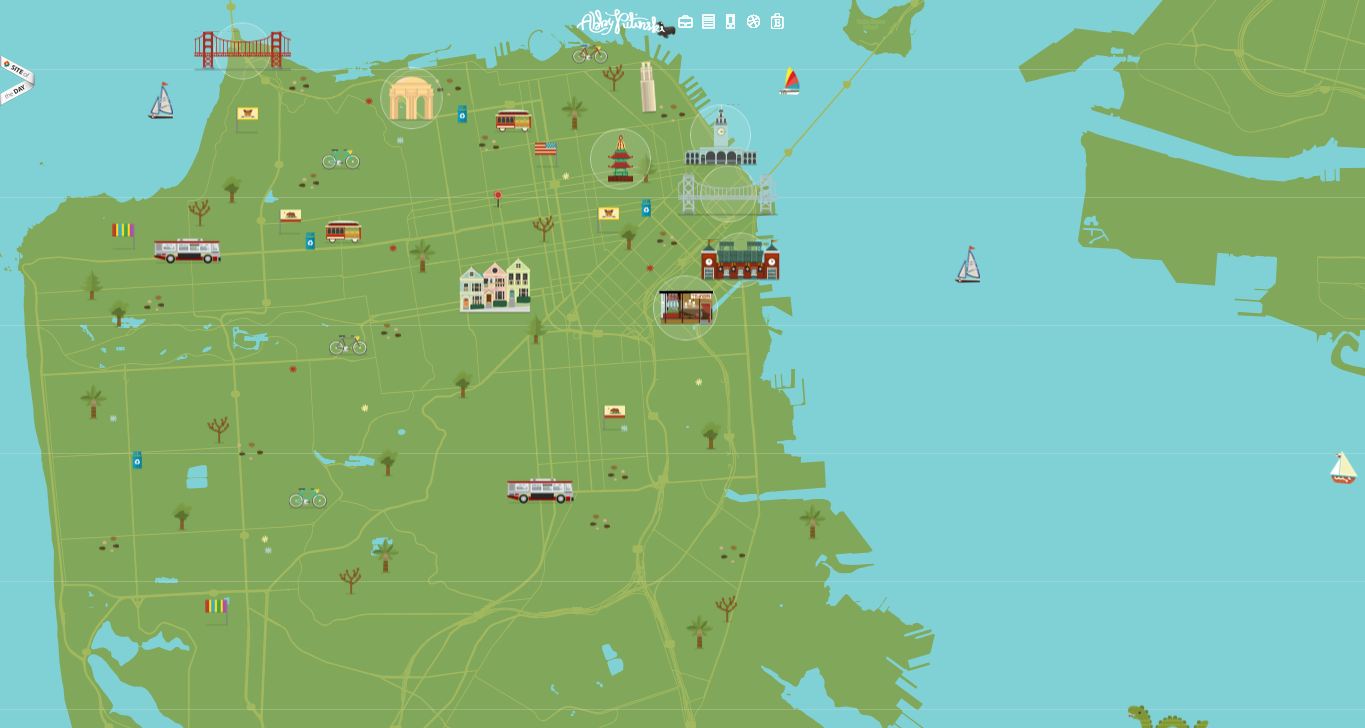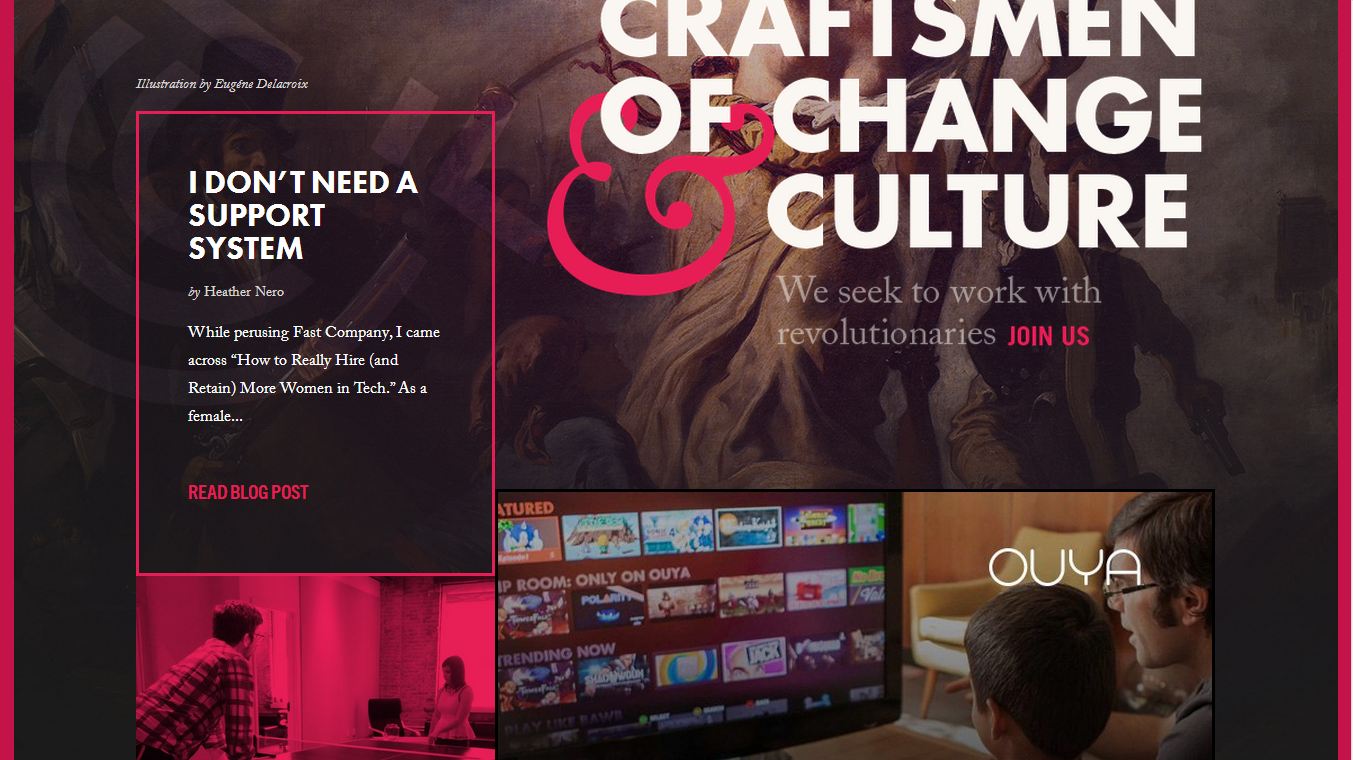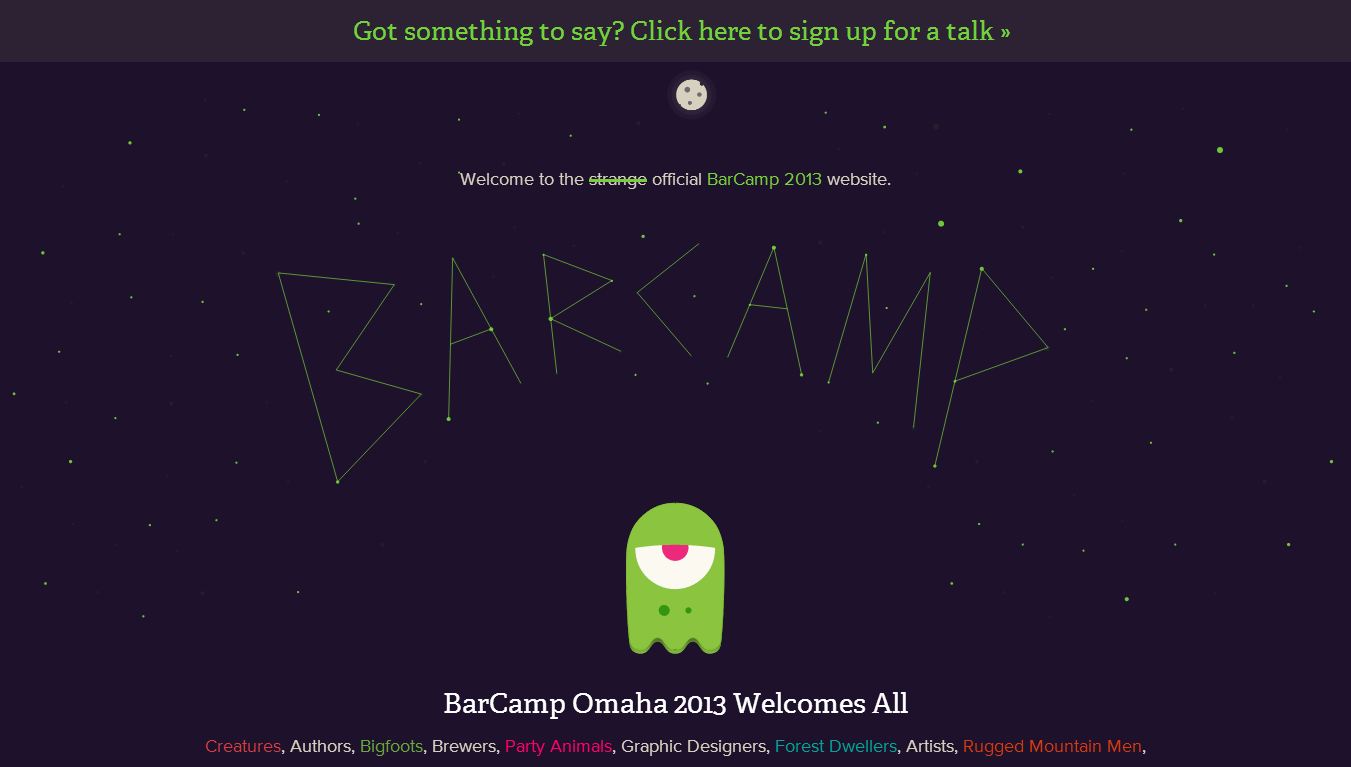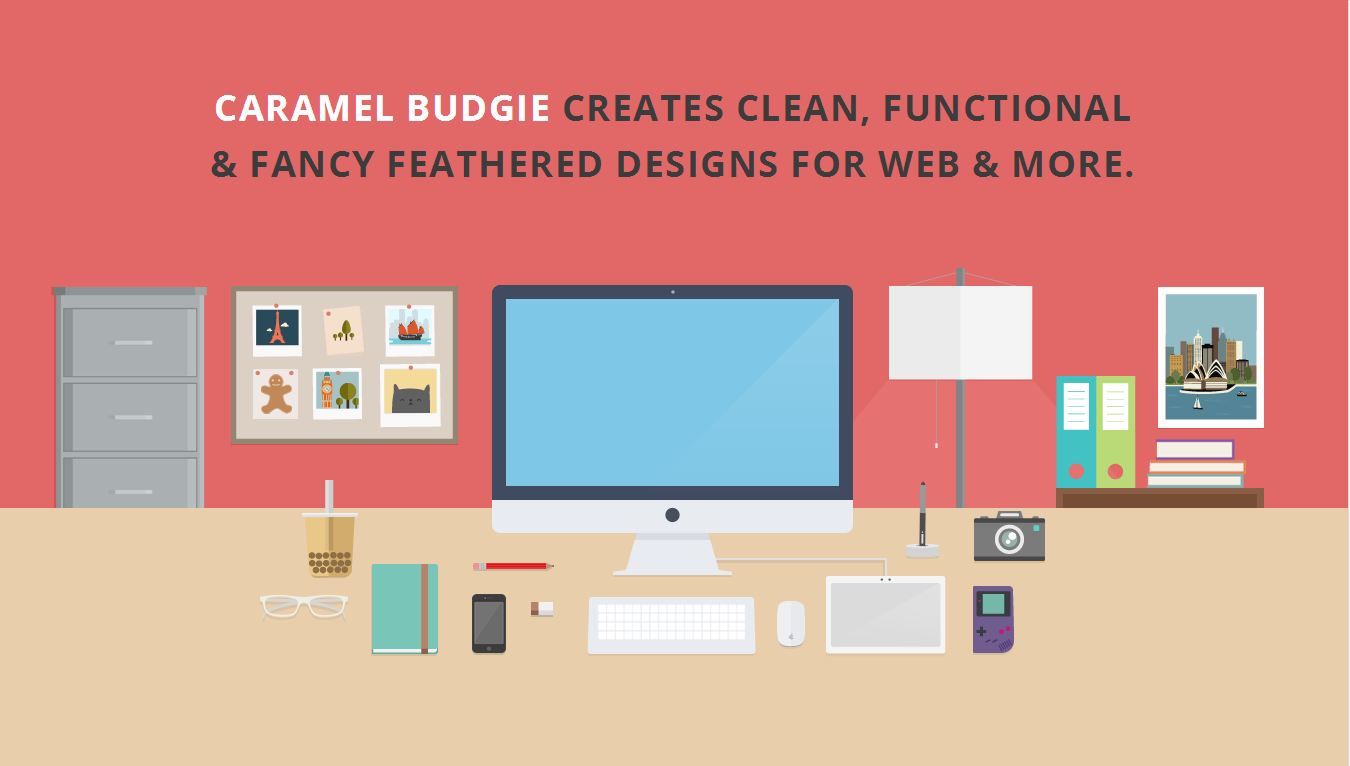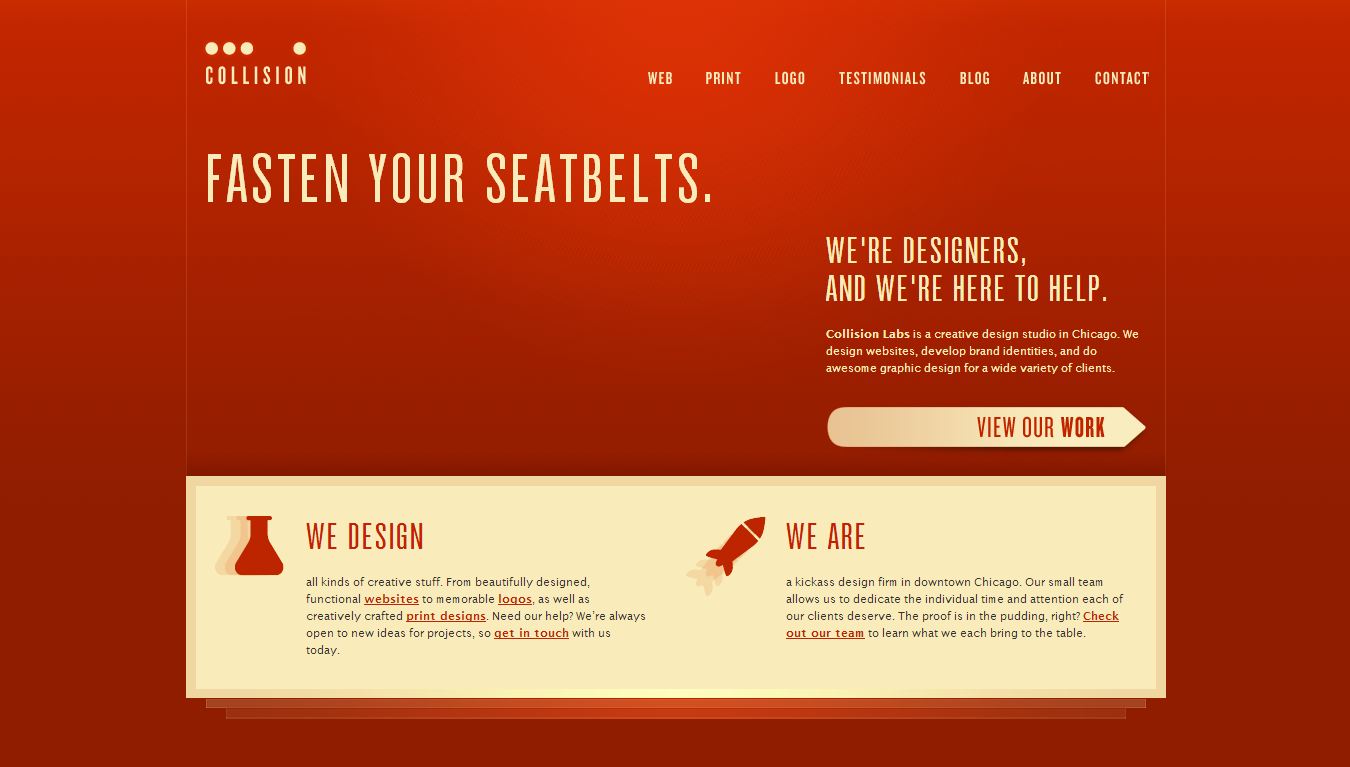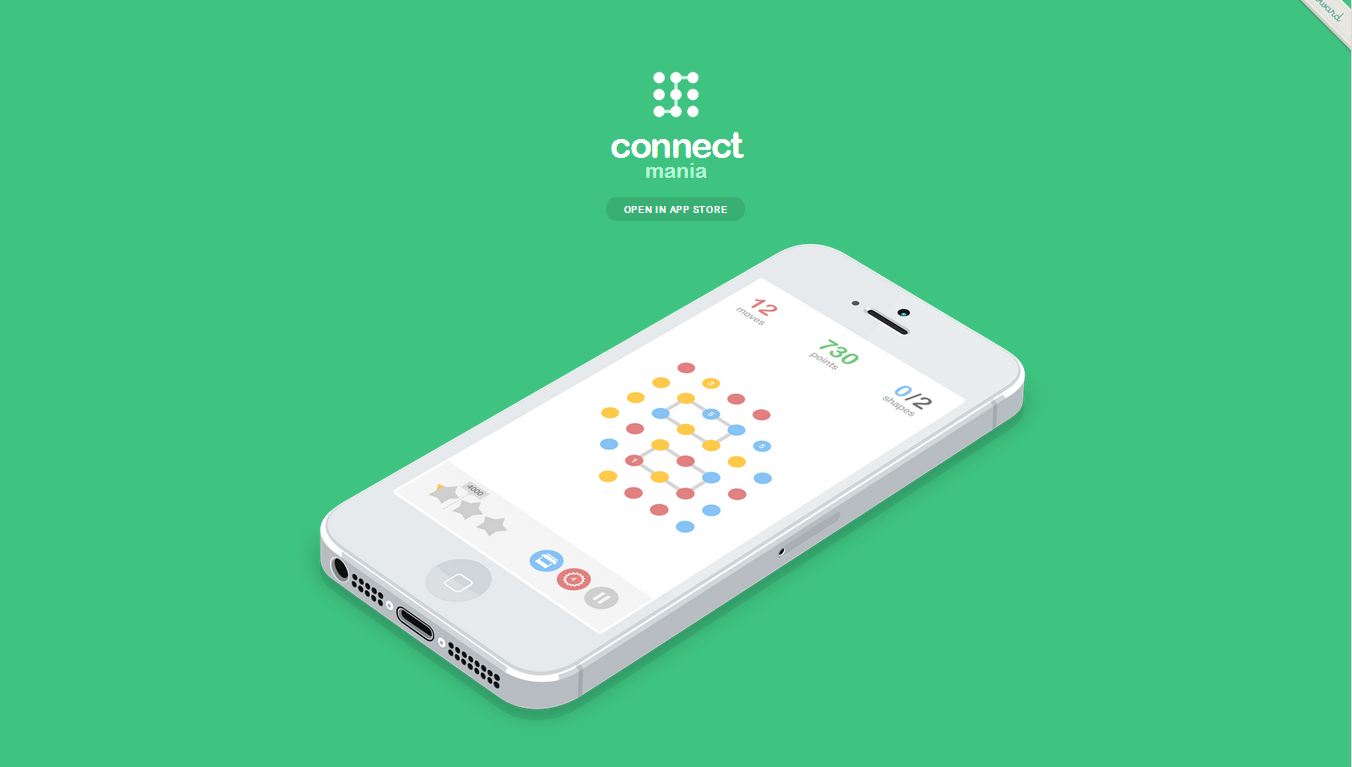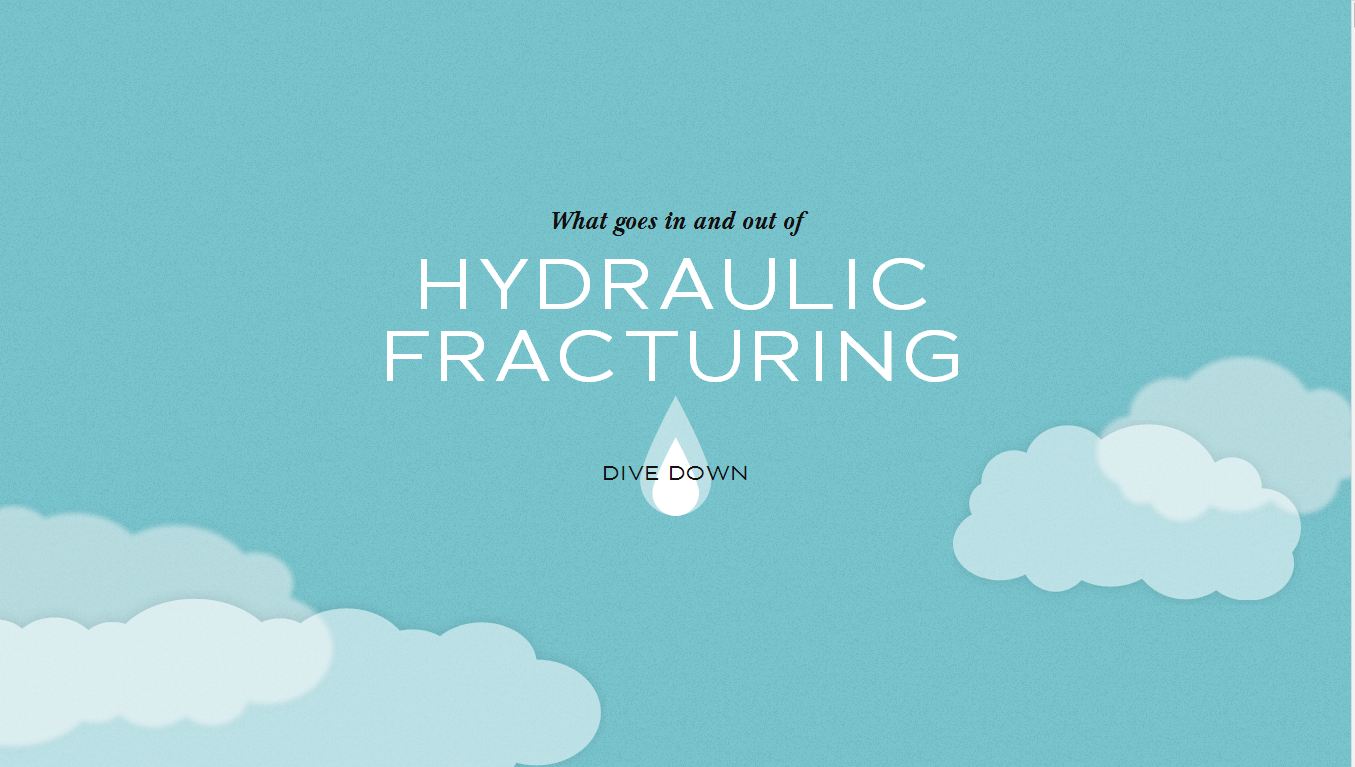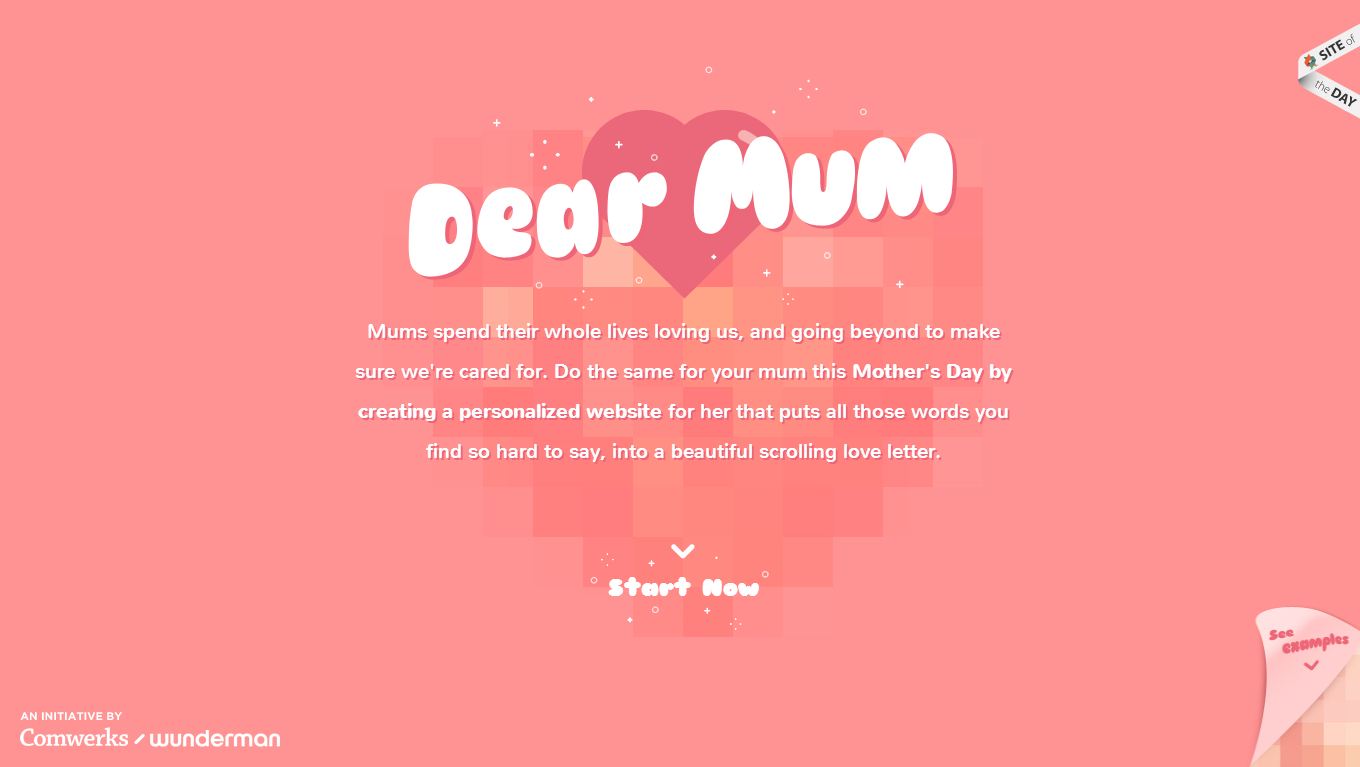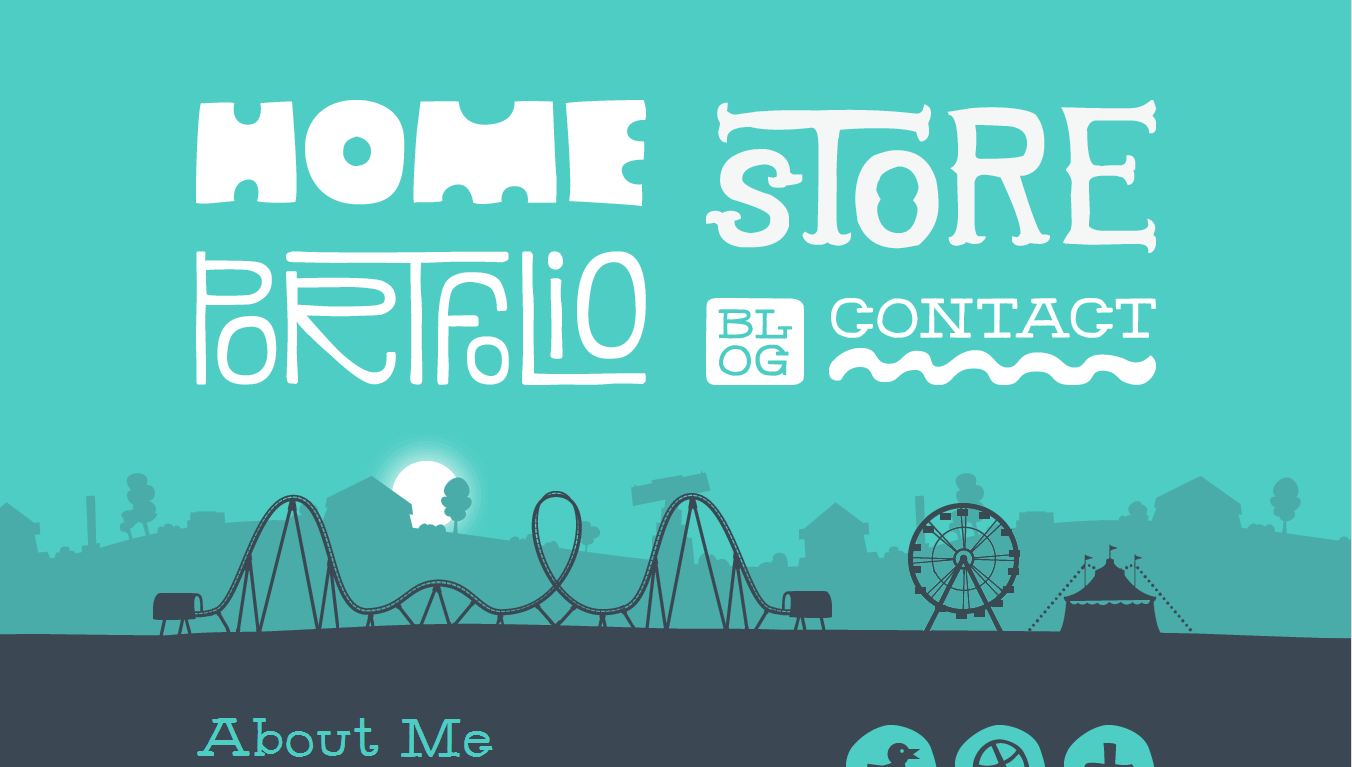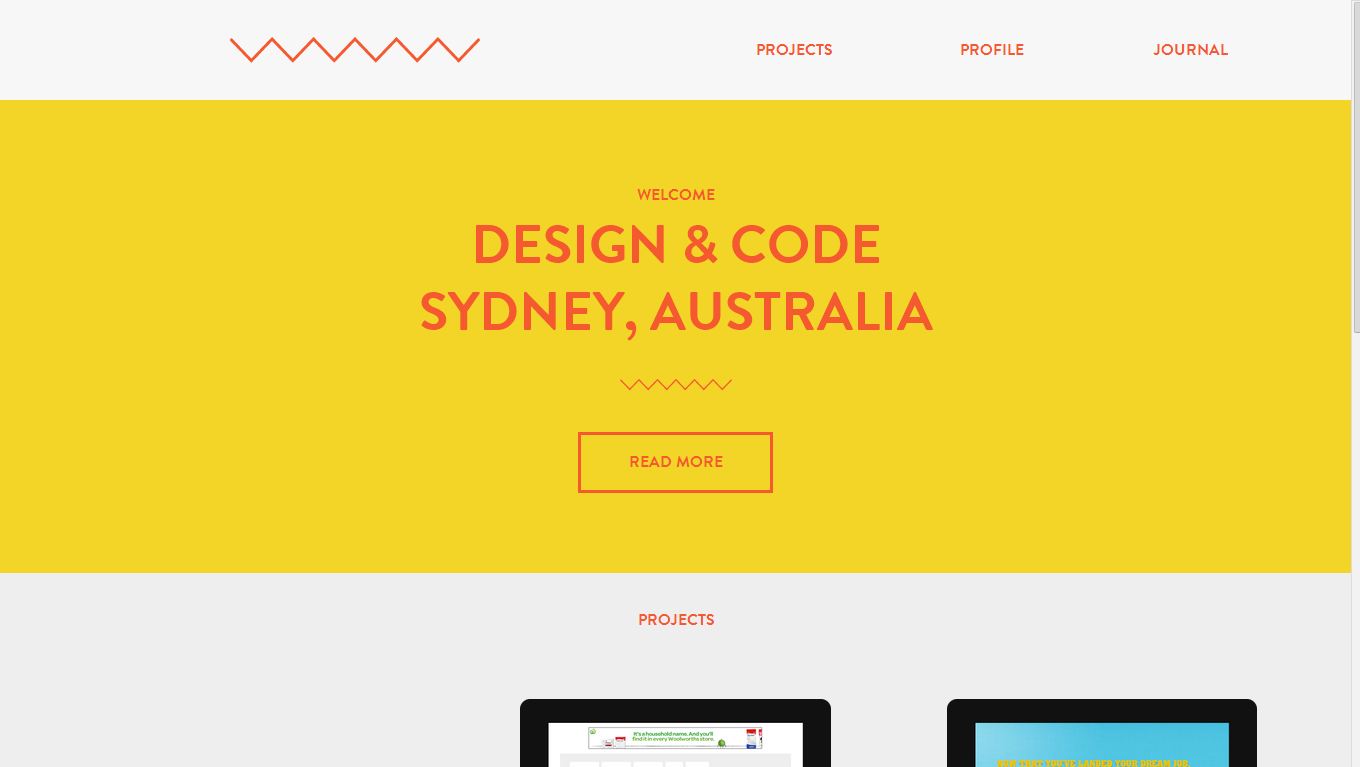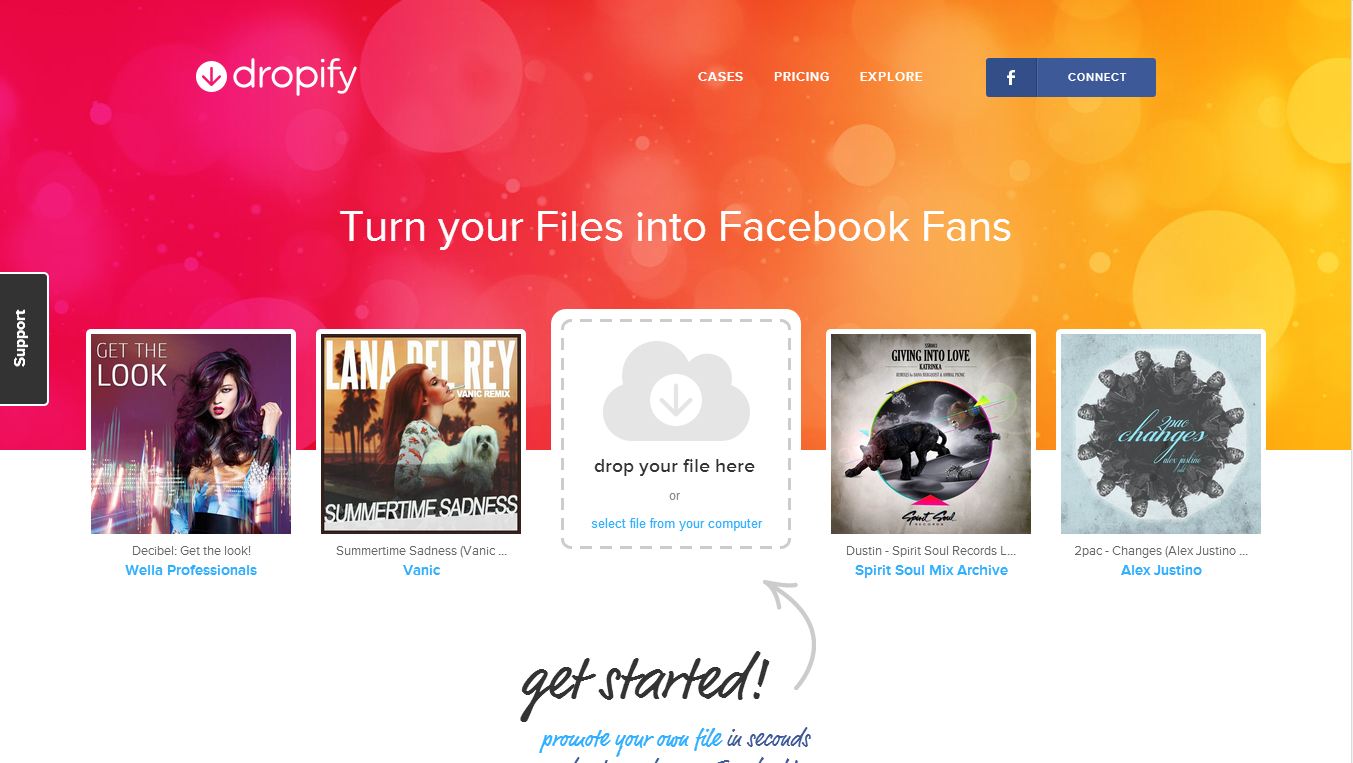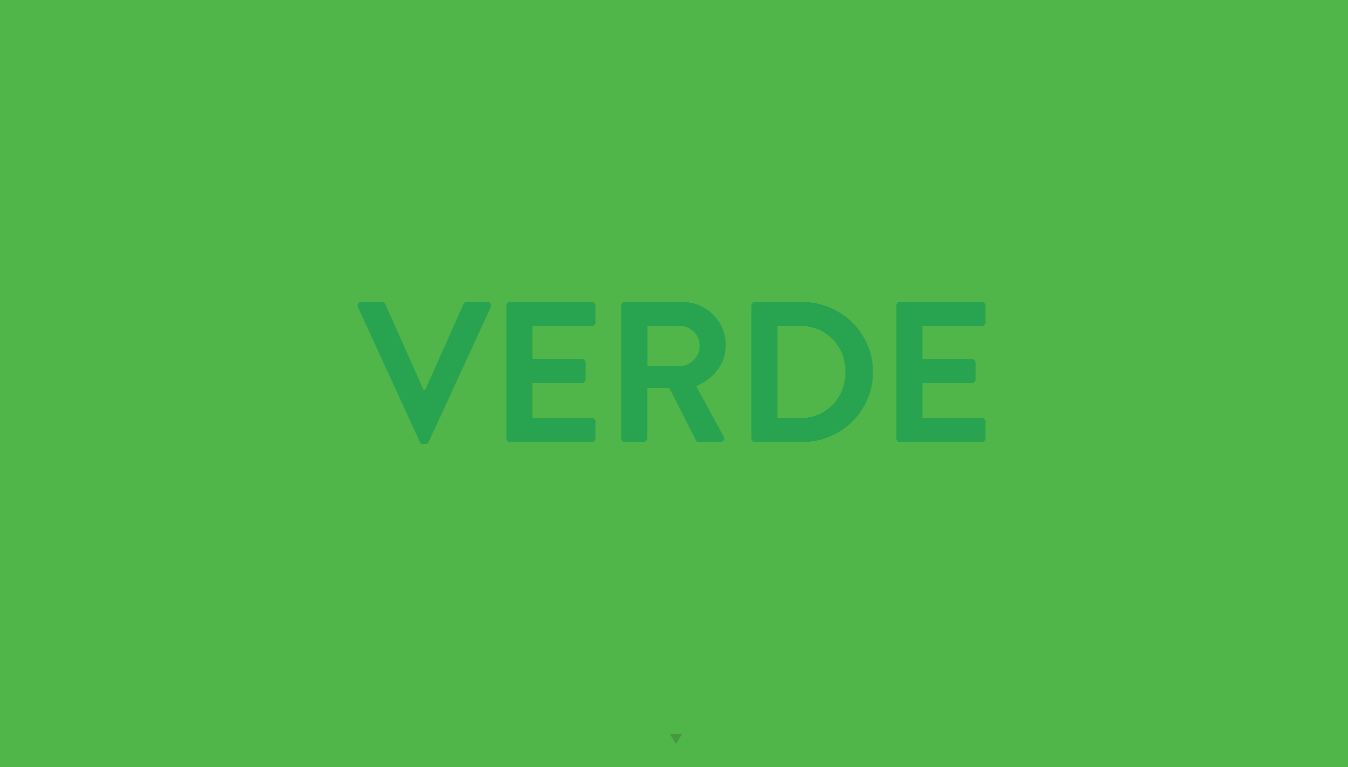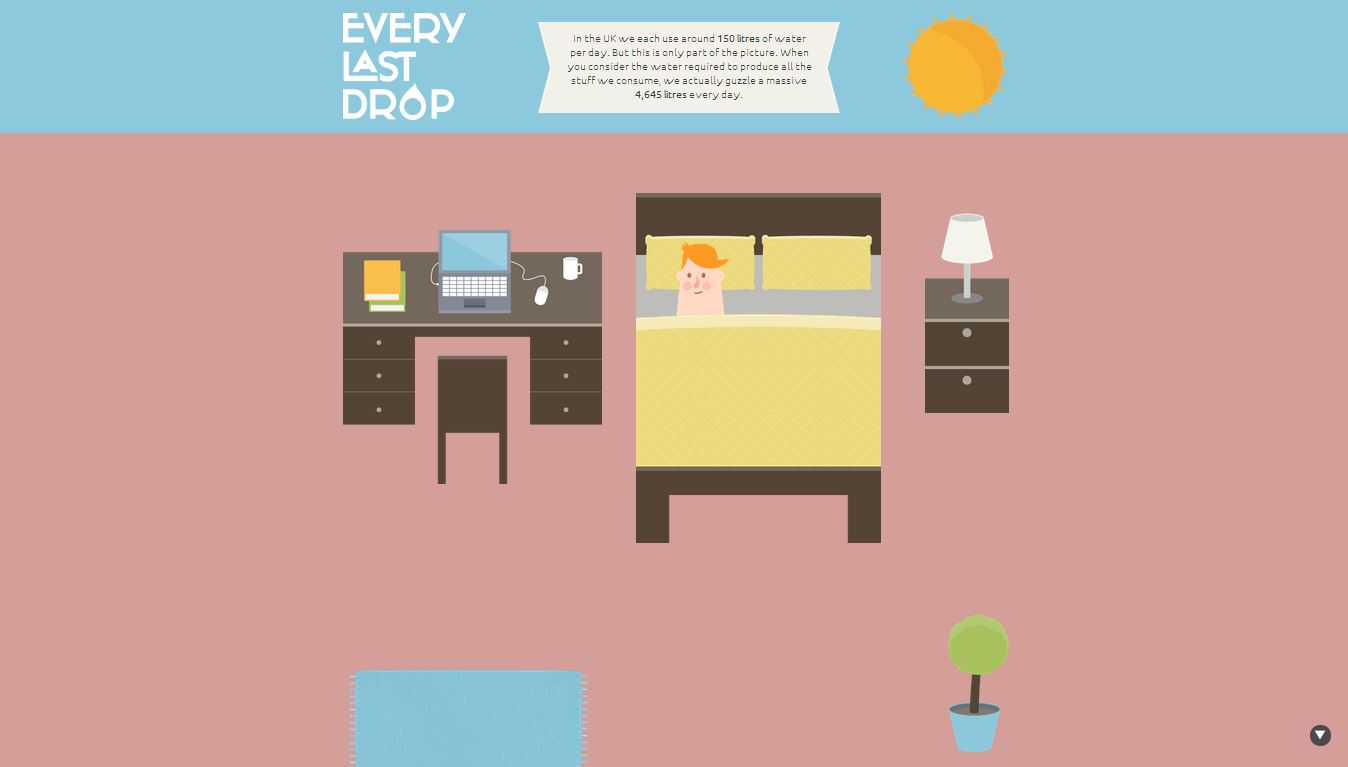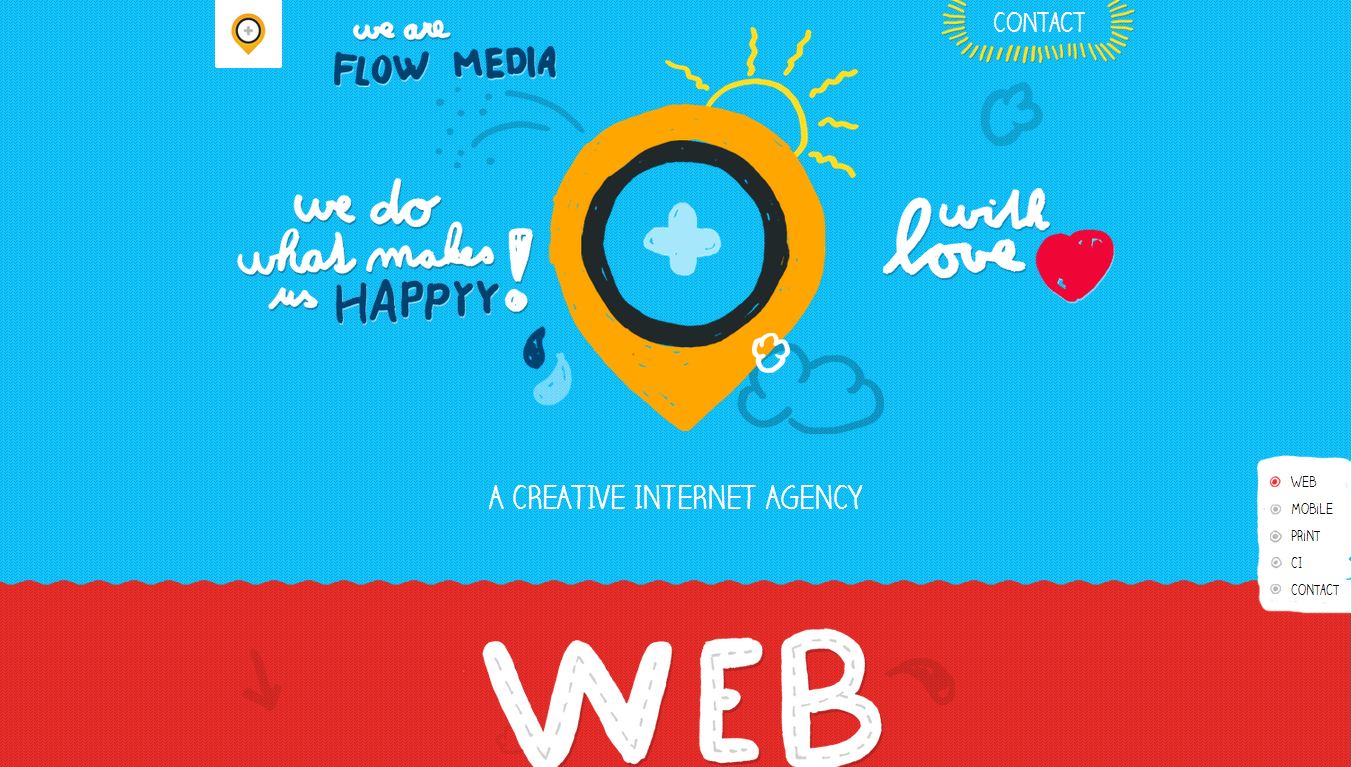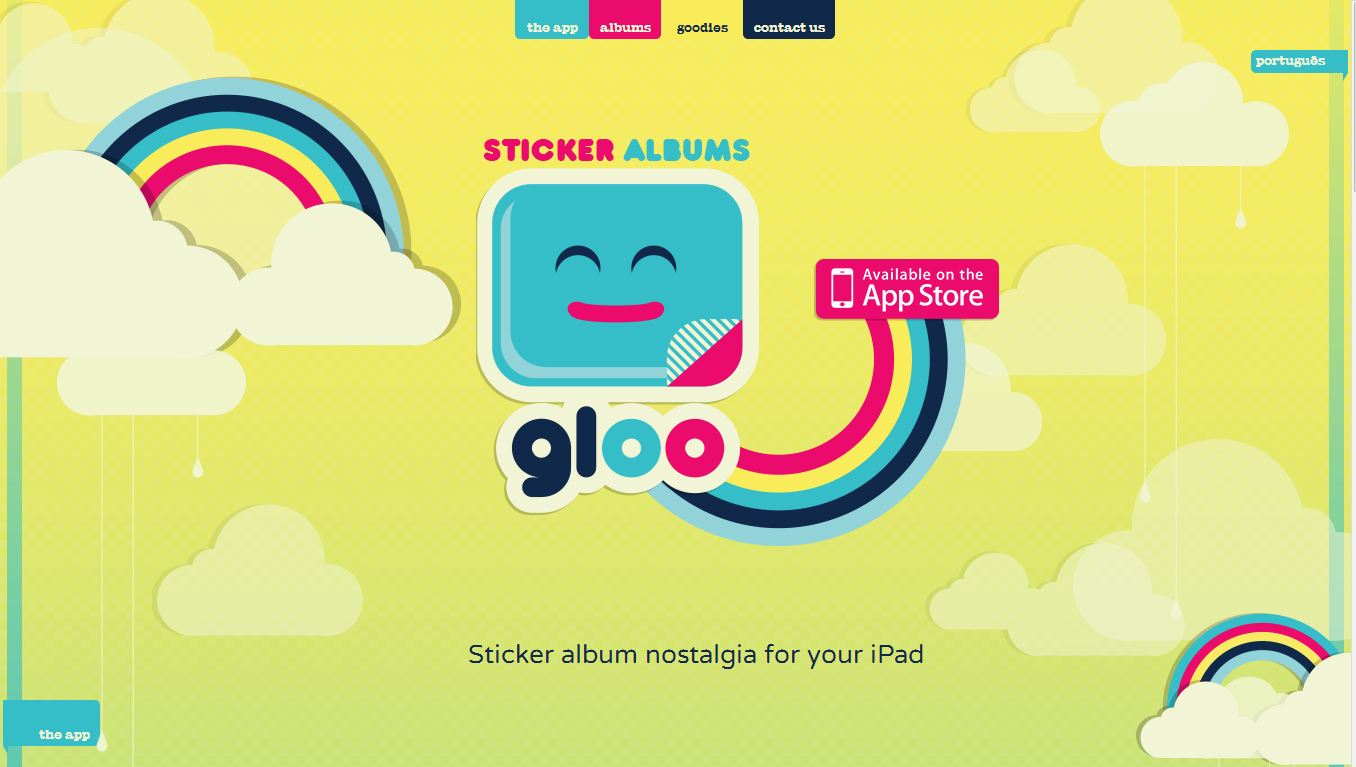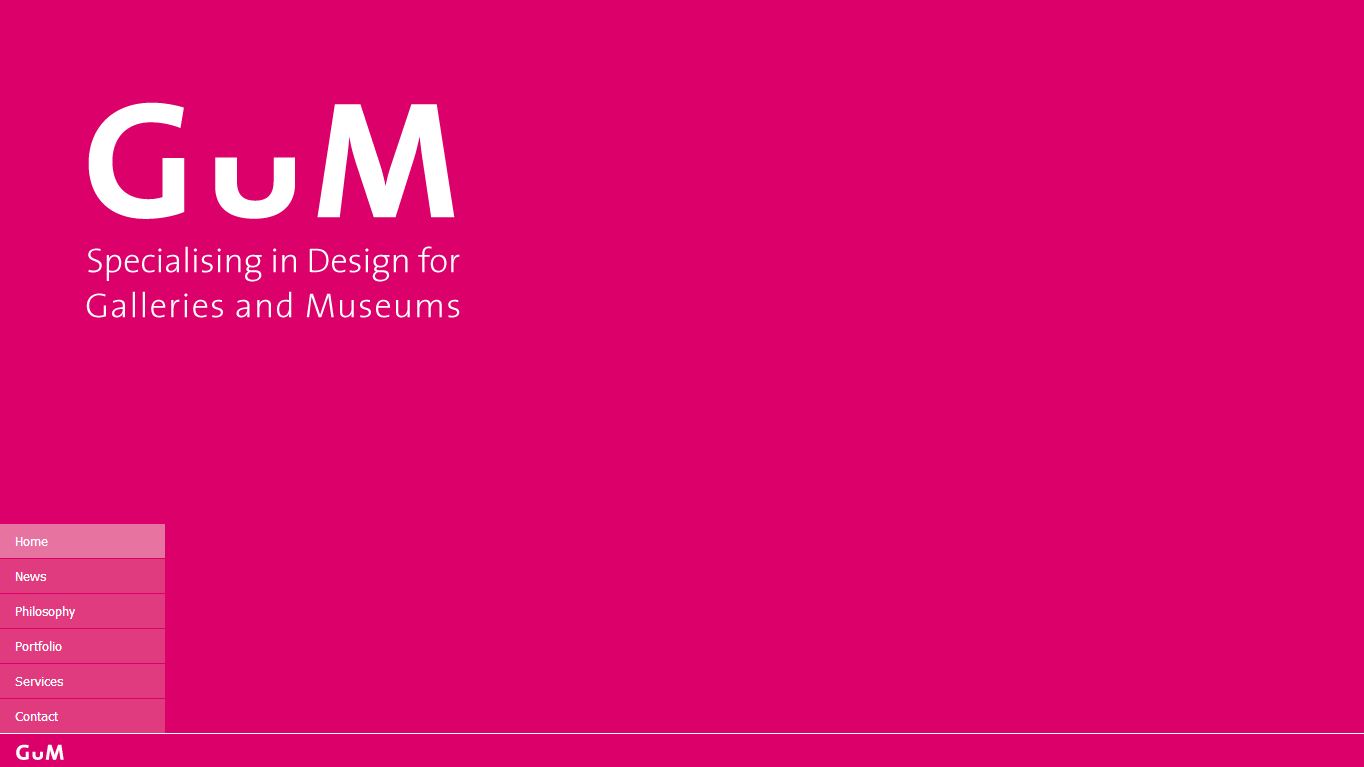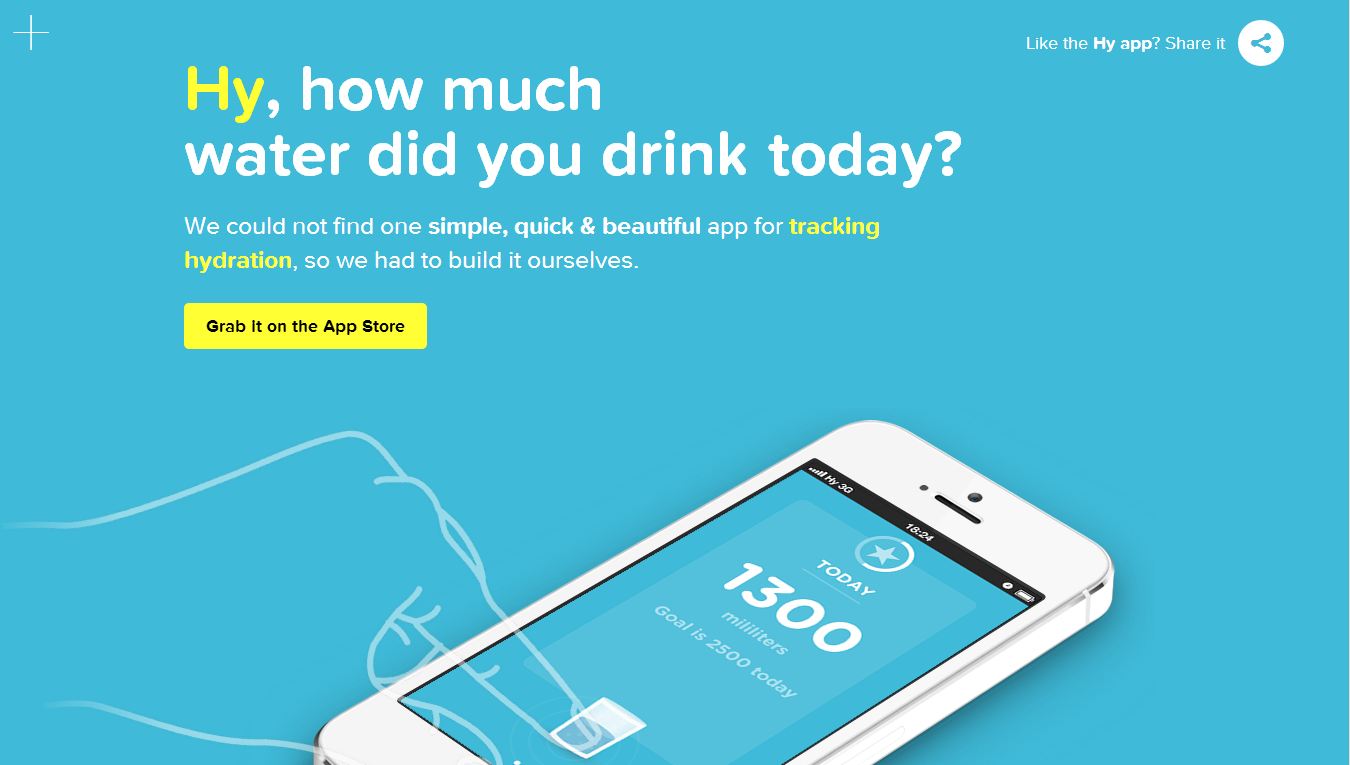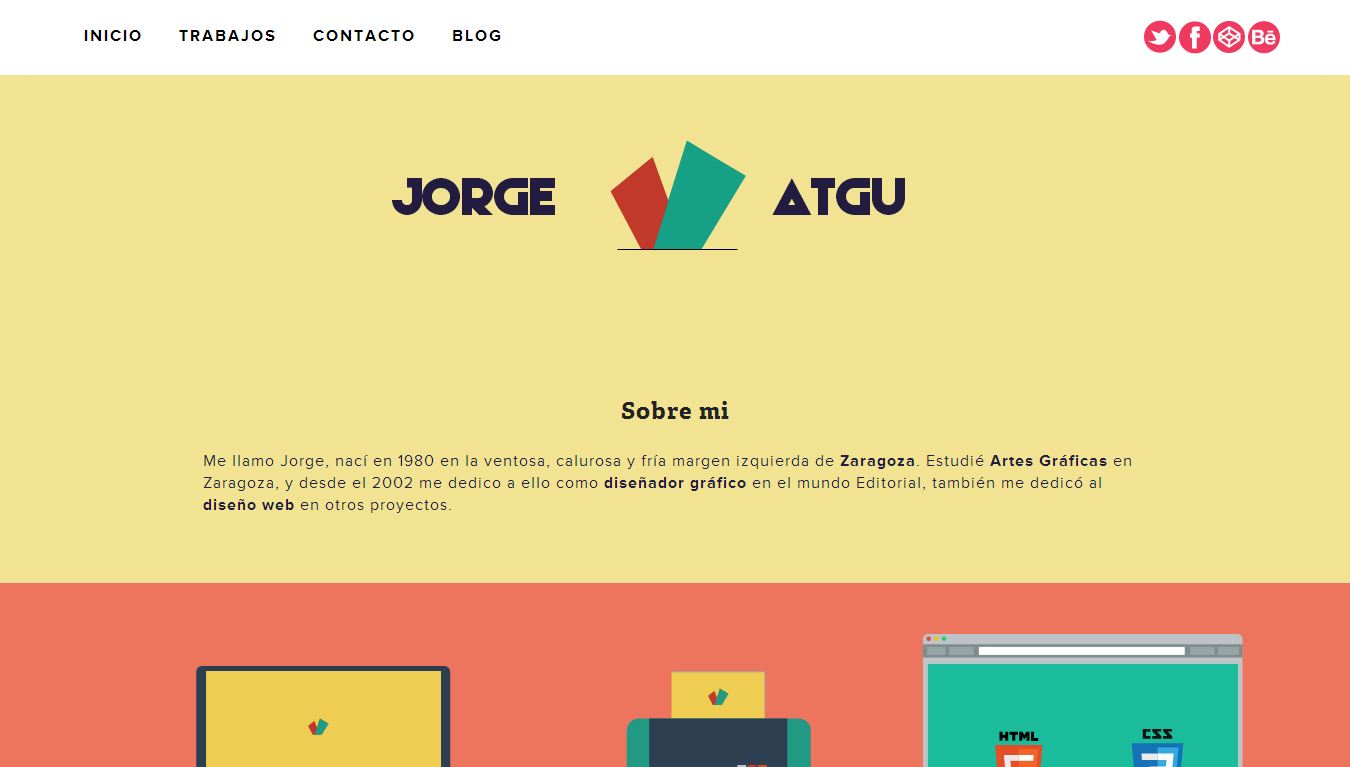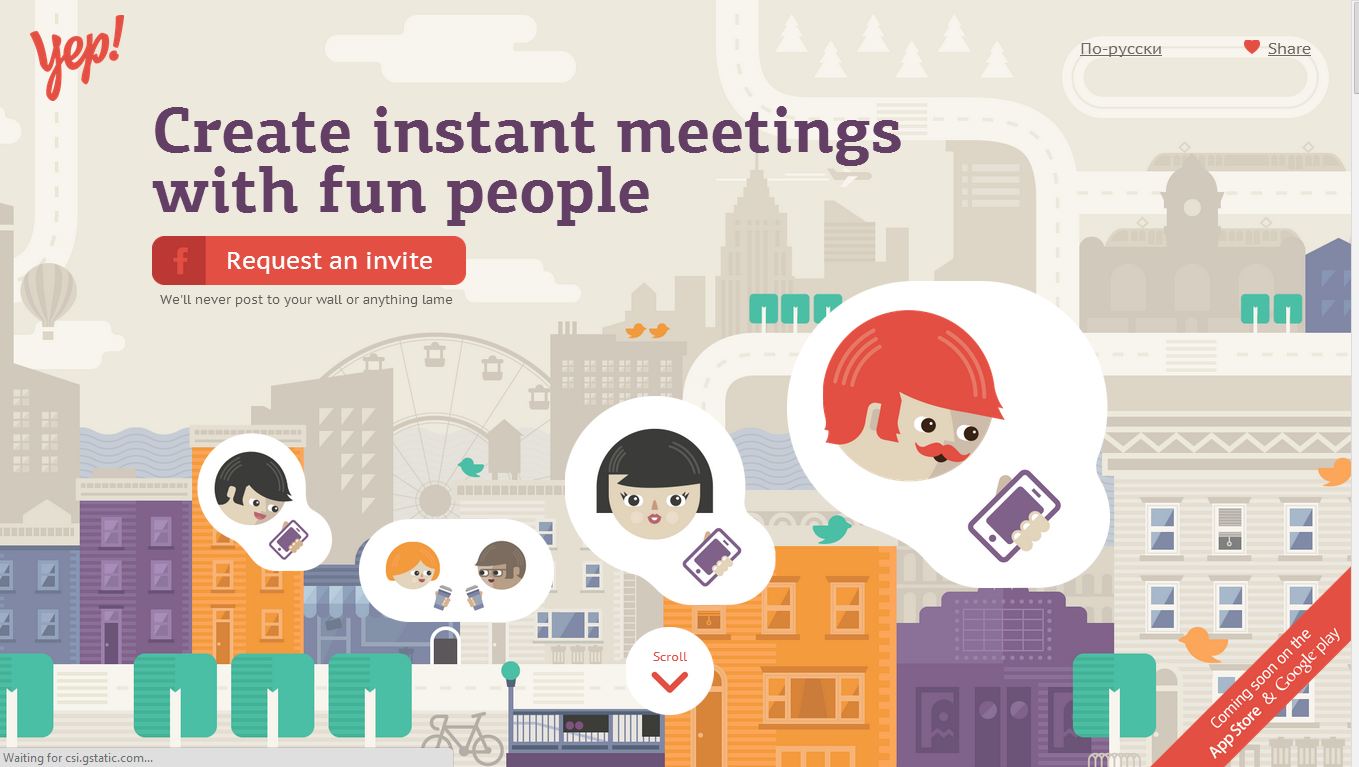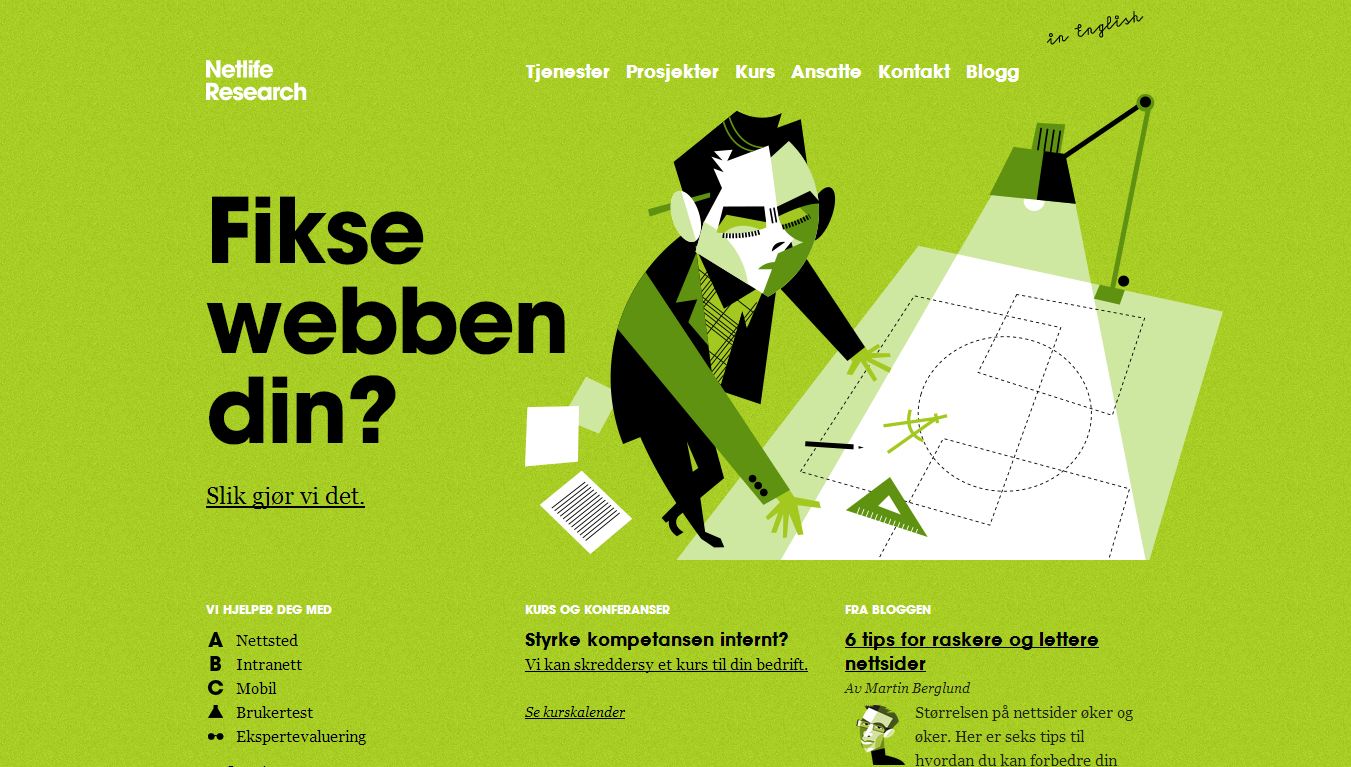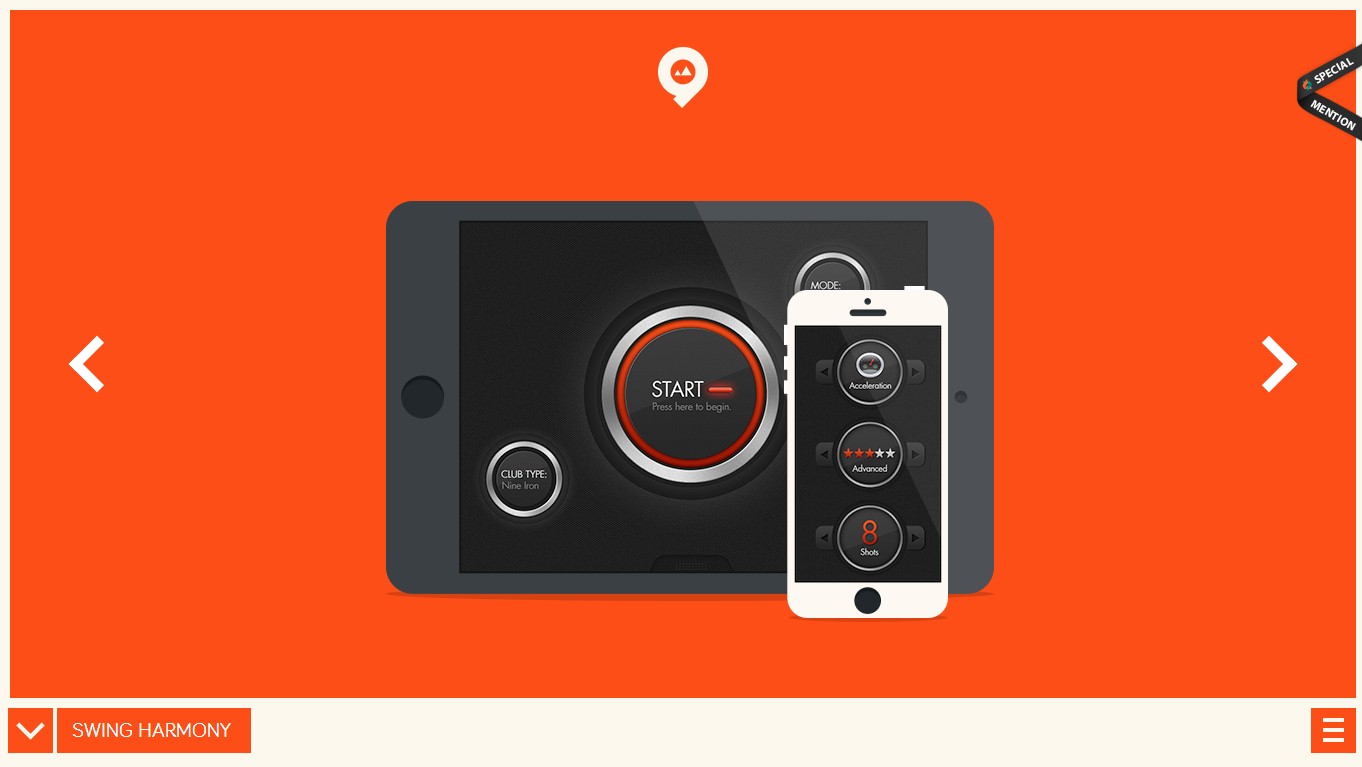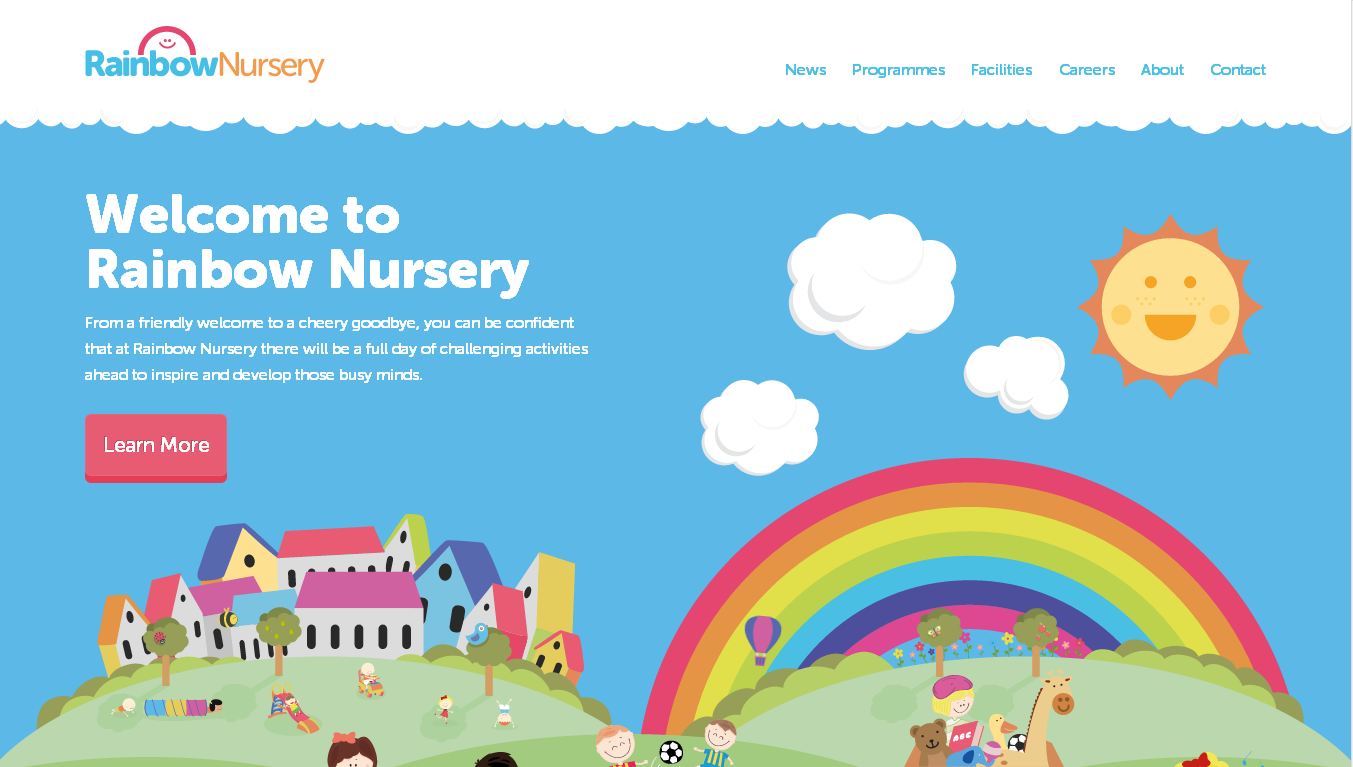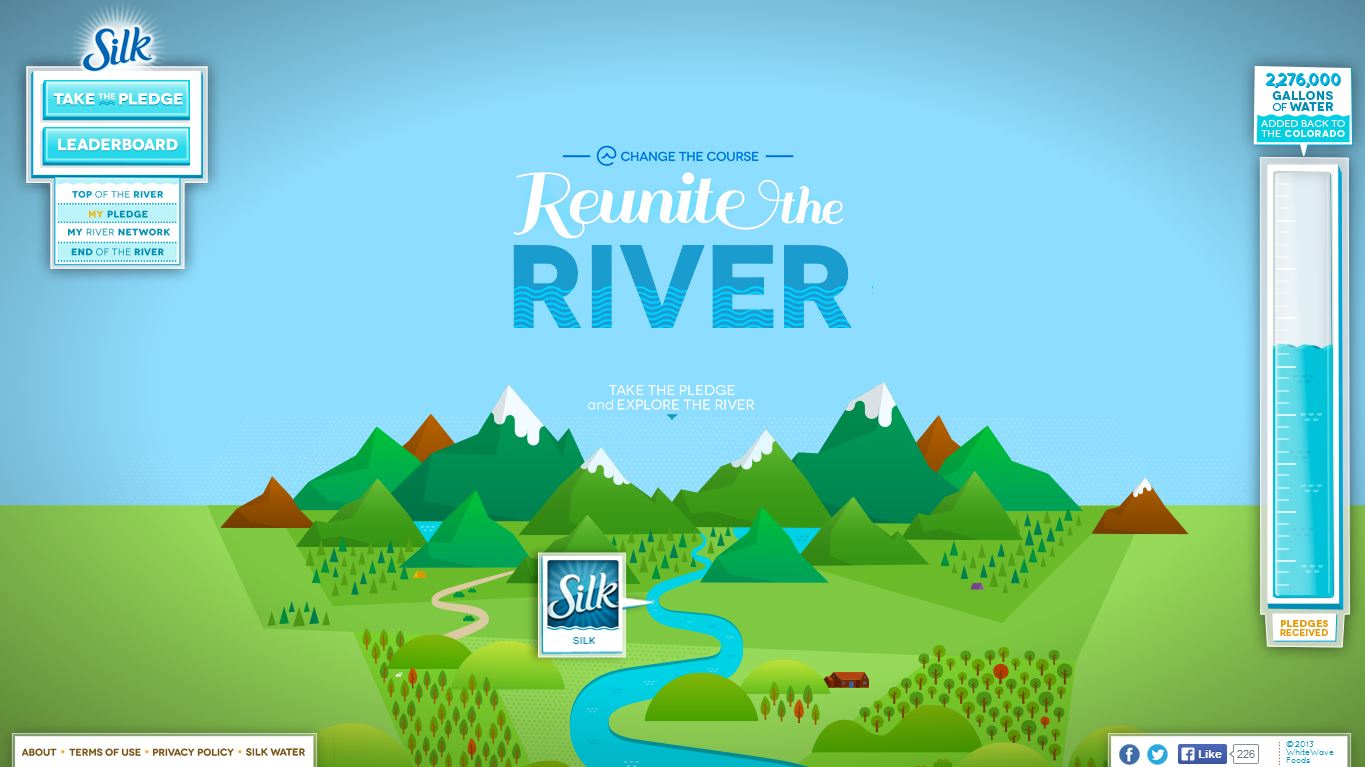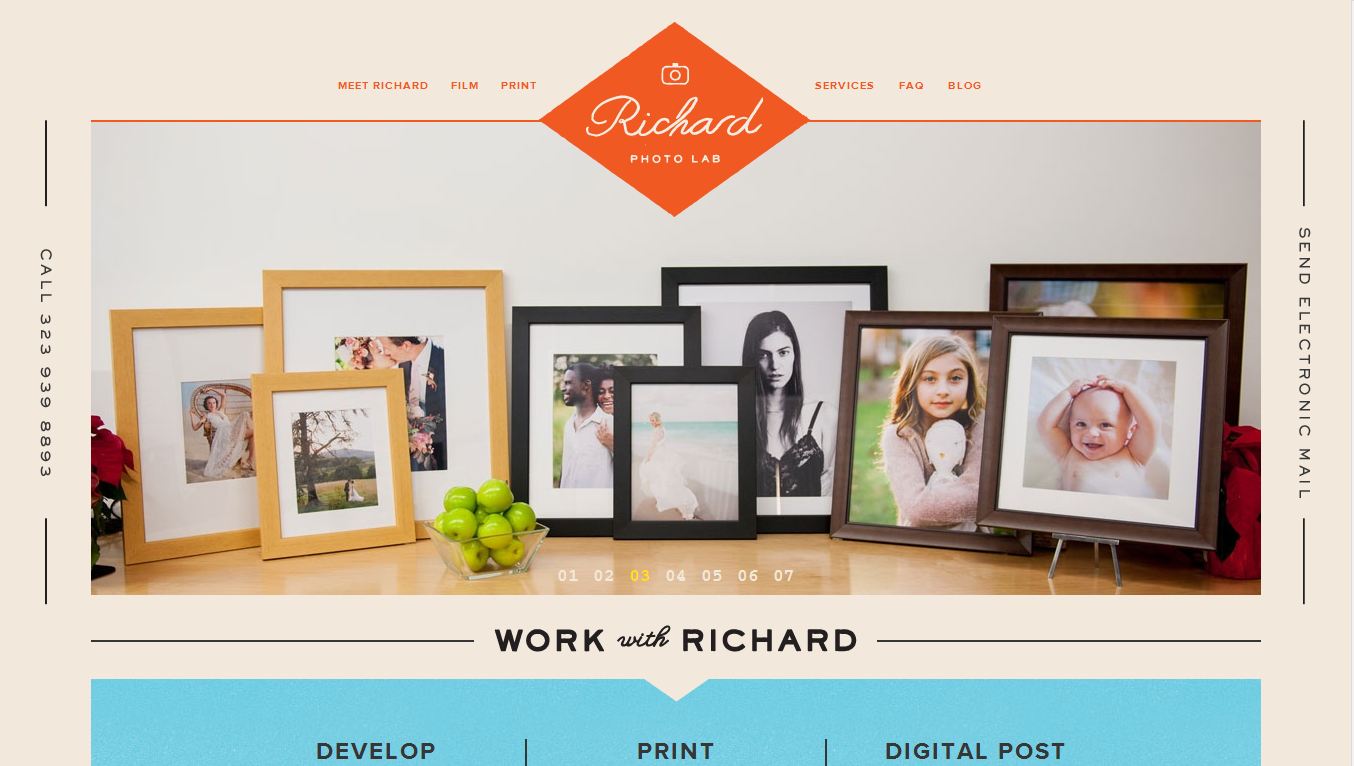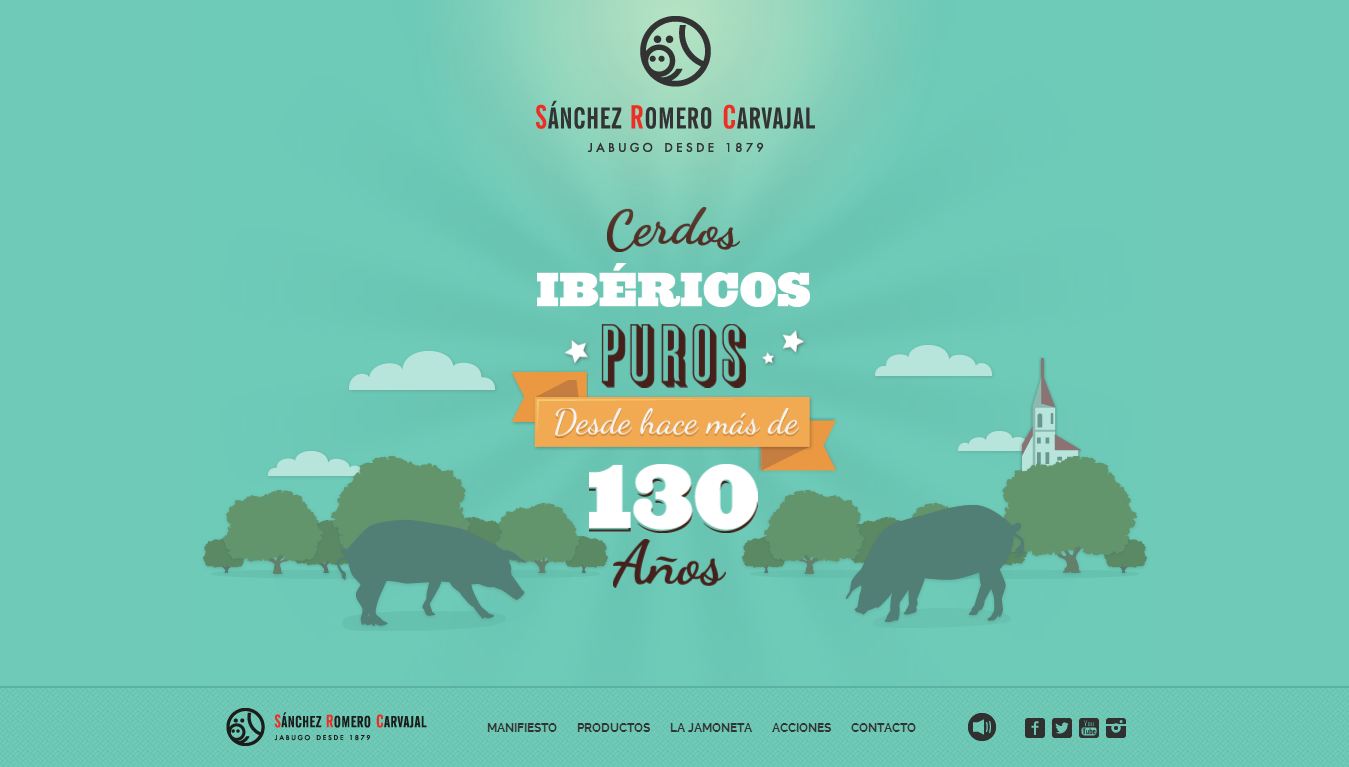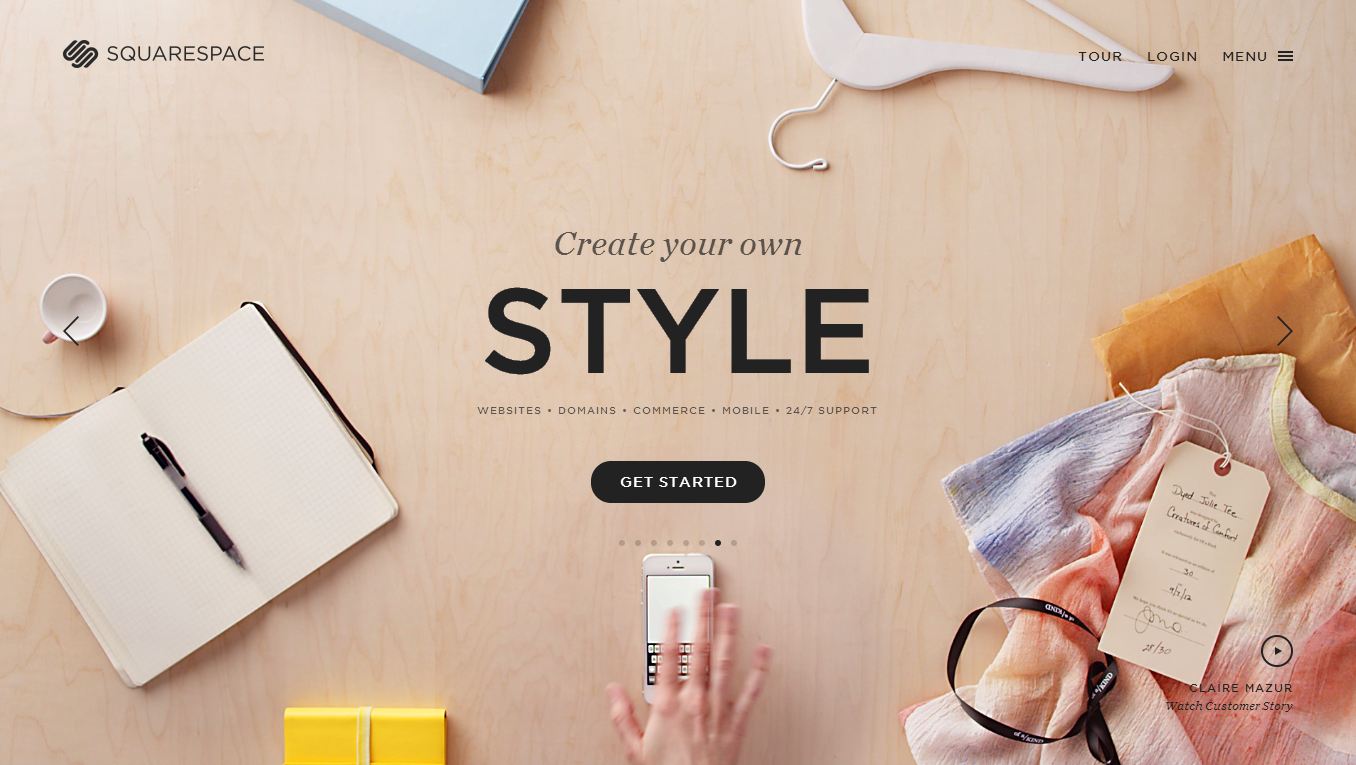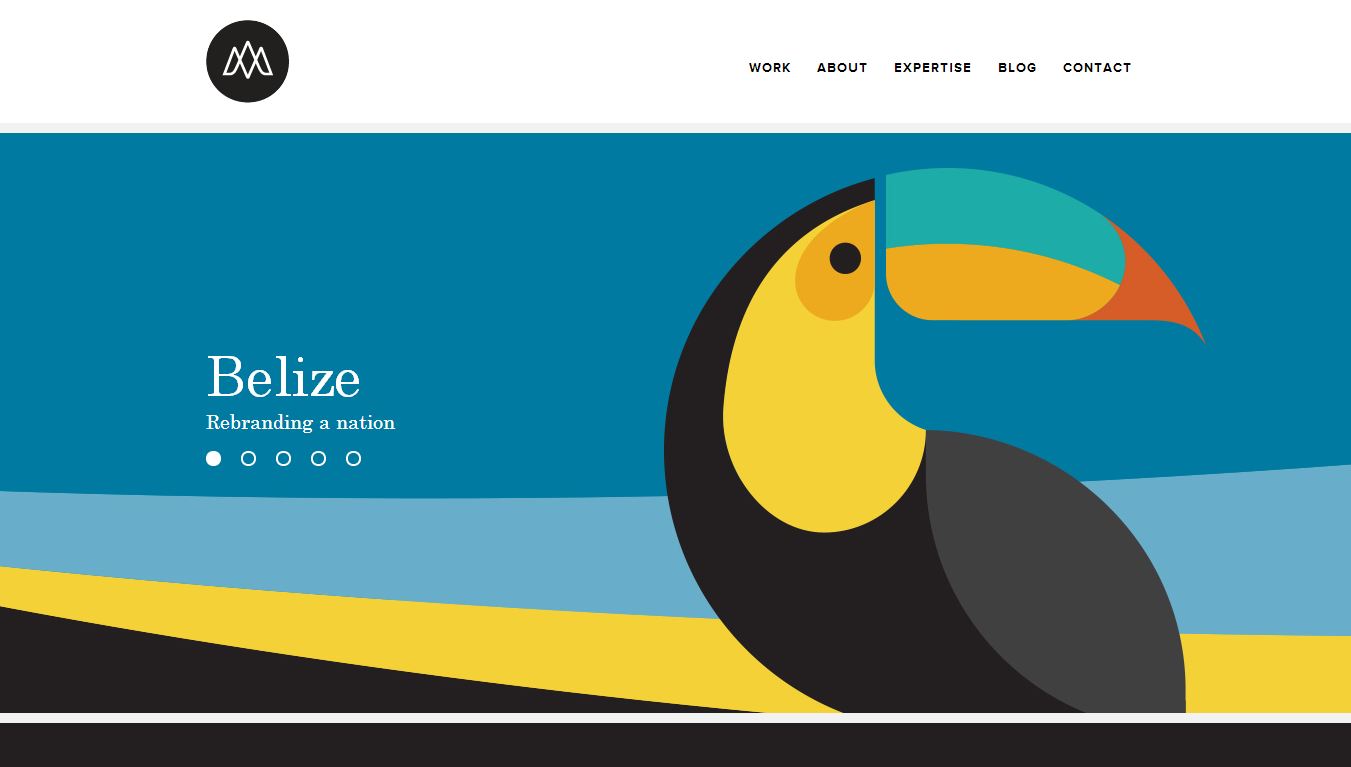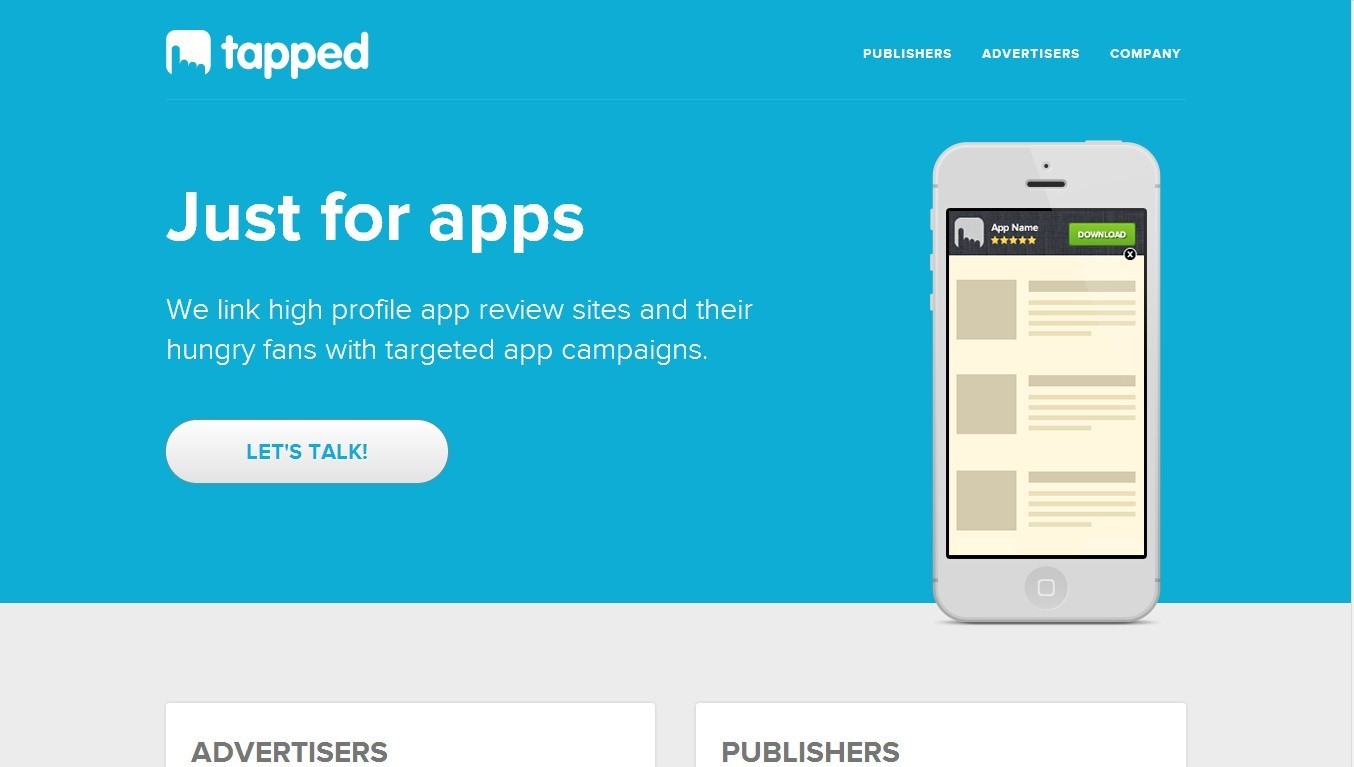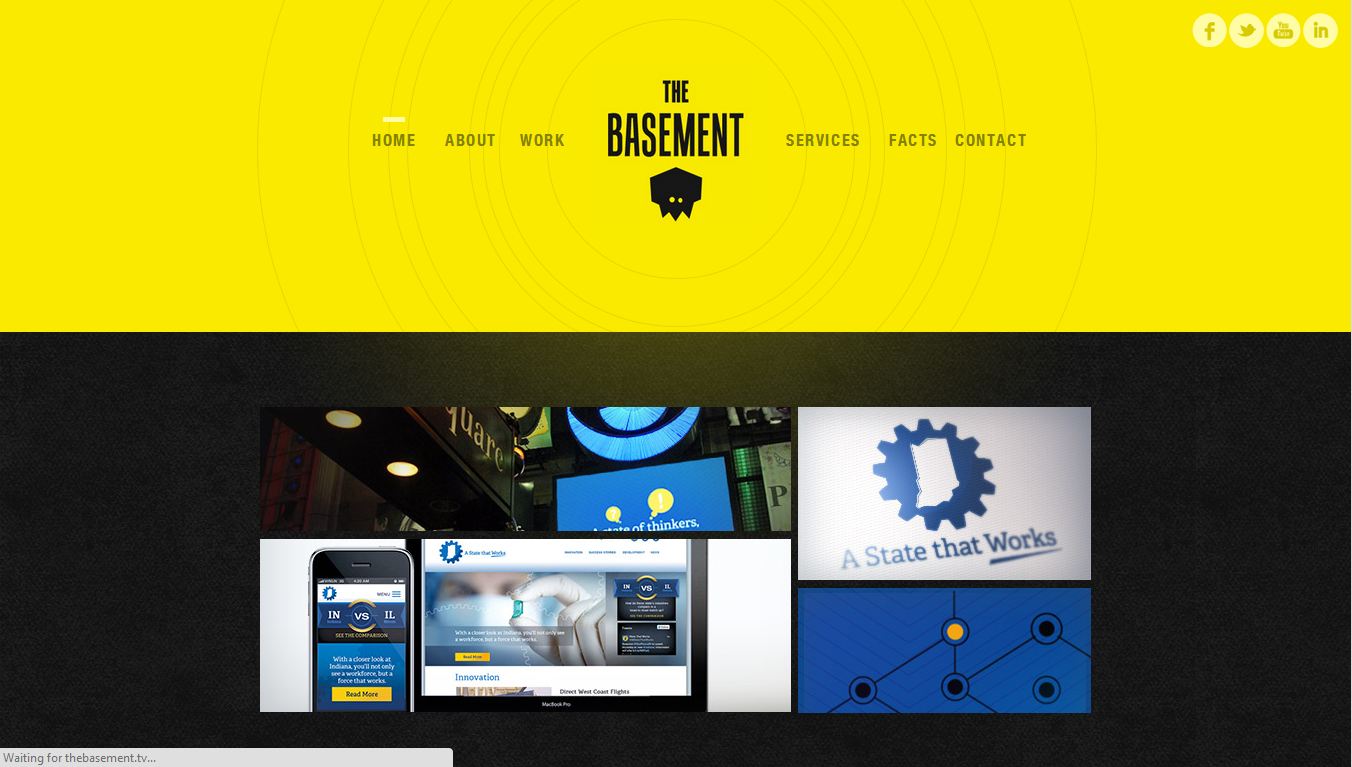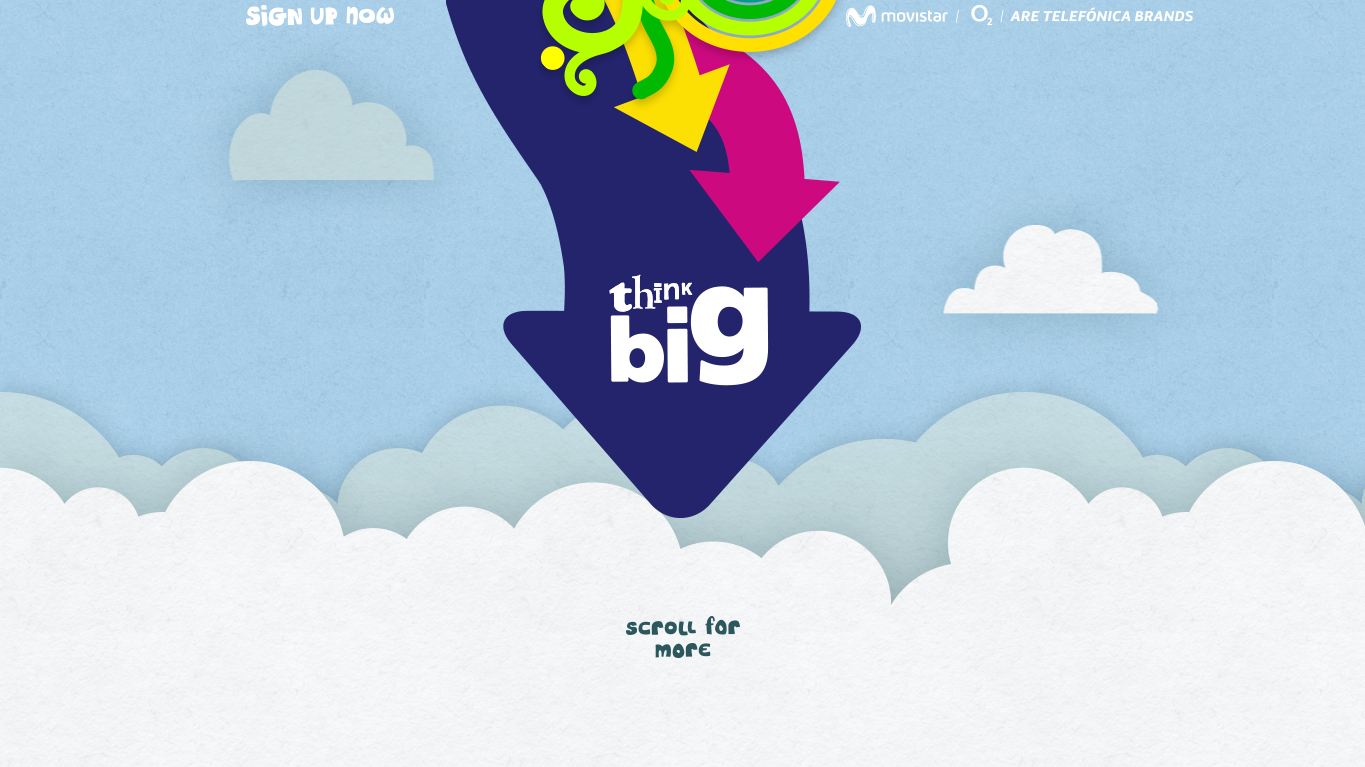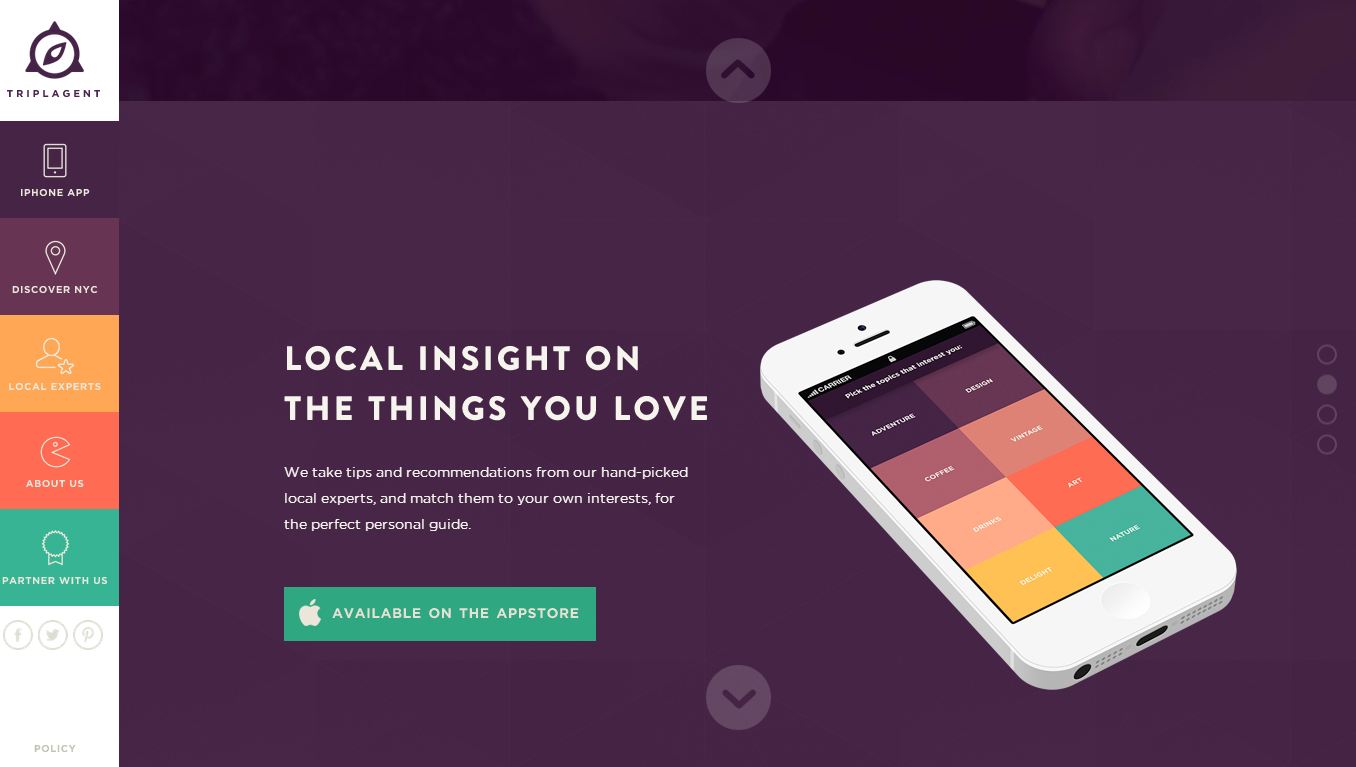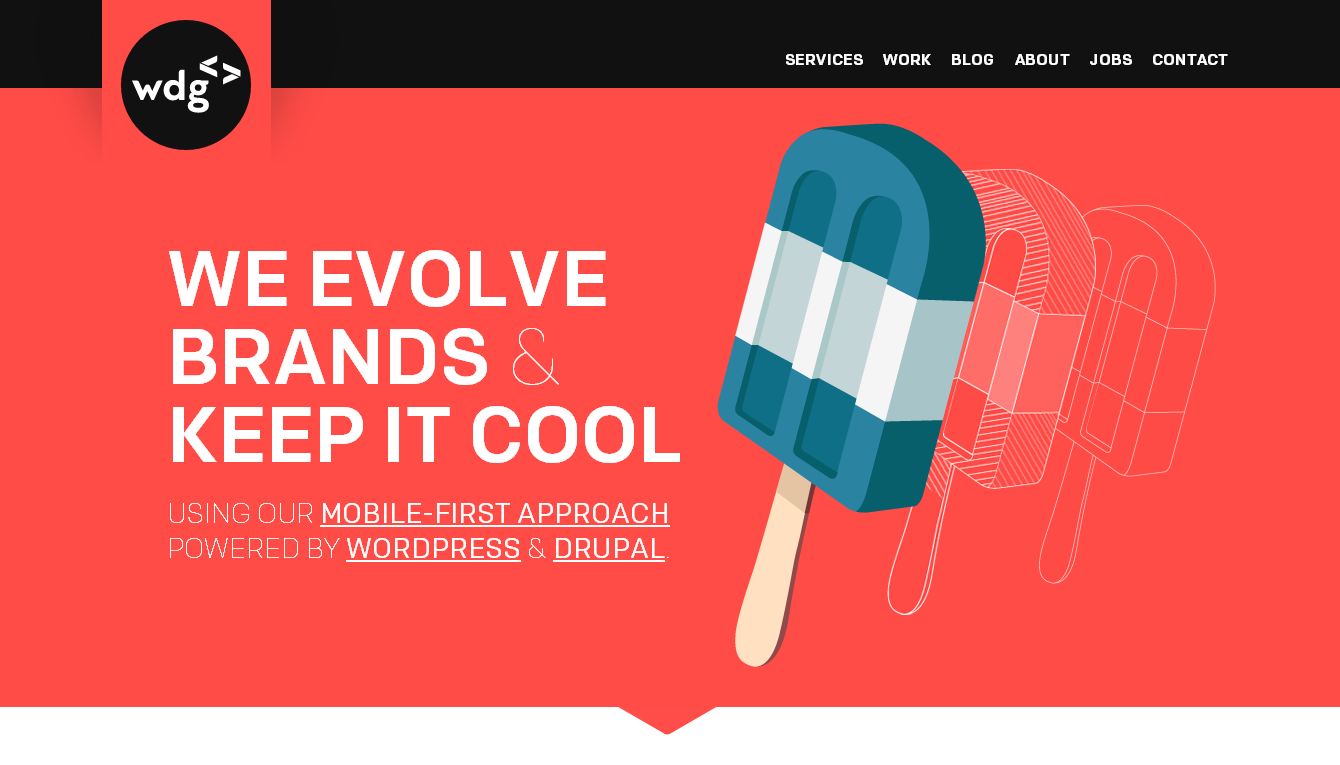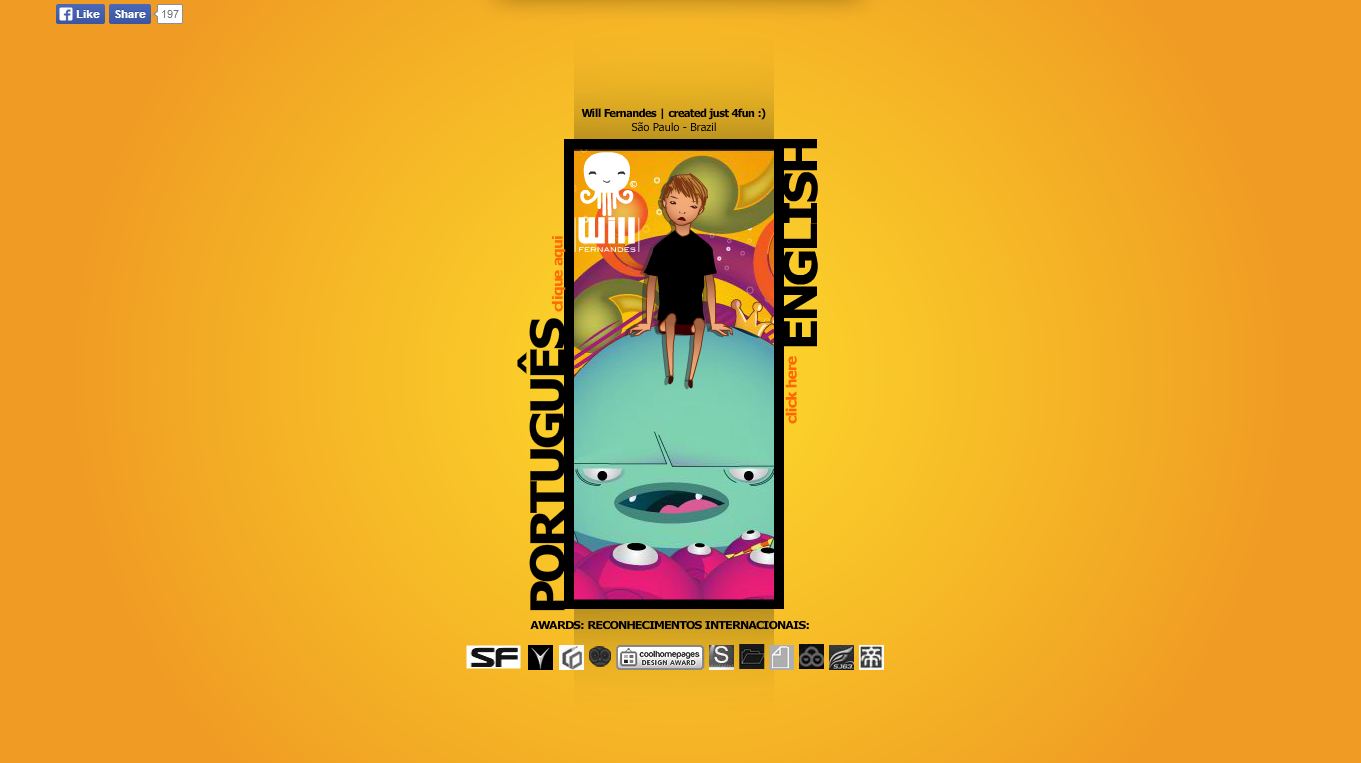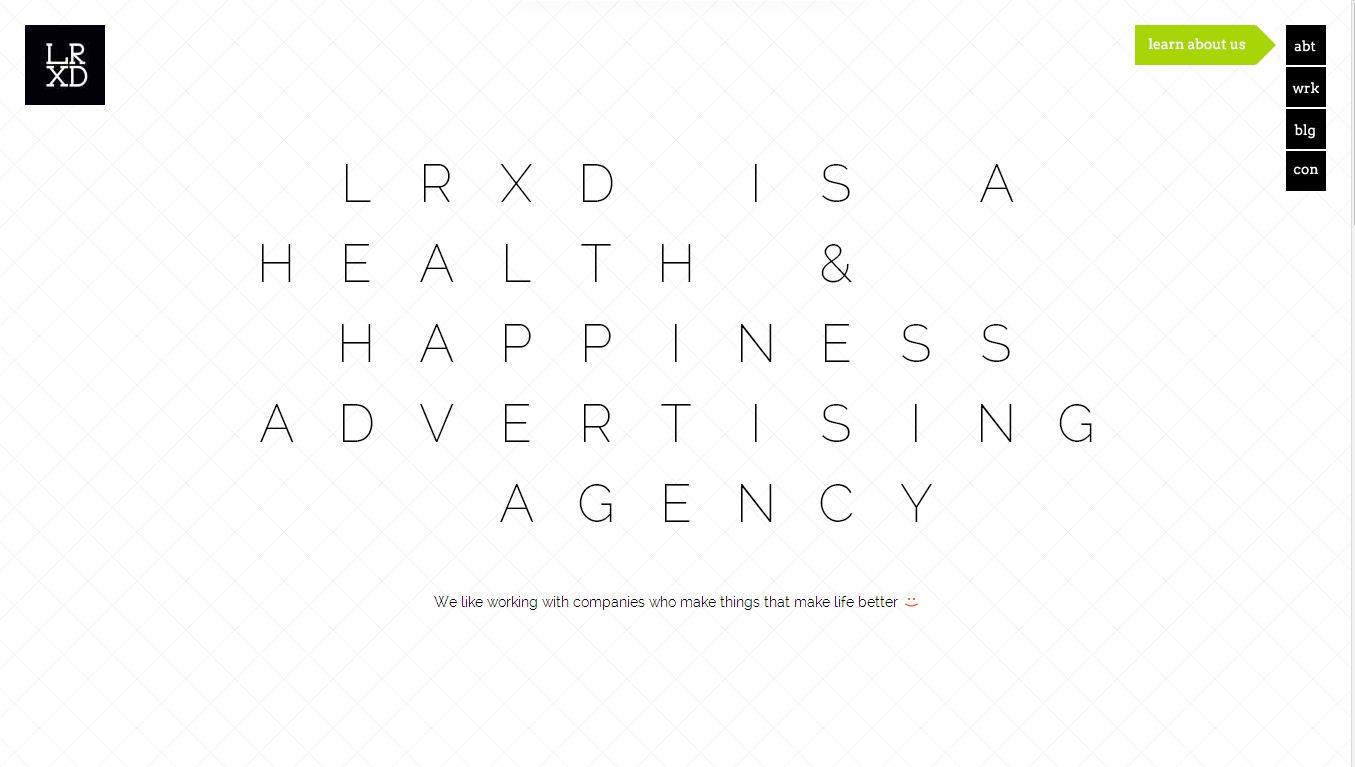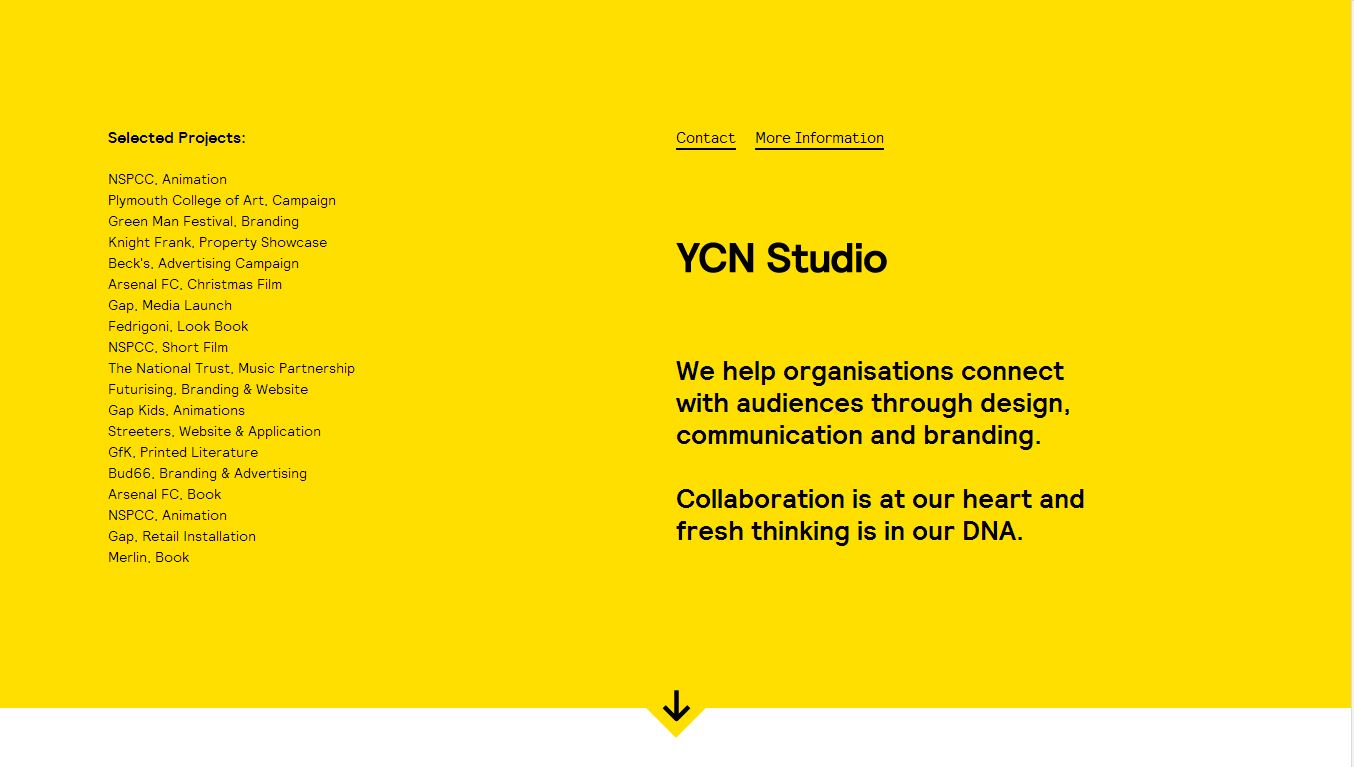1stwebdesigner |
| 3 Secret Steps To Dramatically Improve Your Freelance Lifestyle – Even If You’re Just Starting Out Posted: 31 Mar 2014 06:00 AM PDT Where is the boundary between doing your work and the tasks you love? Are you doing what you always wanted to do? Do you want to do more, become more? When should you learn to become more productive and implement routines in your life? And when should you simply quit your existing job and do something else that makes you happier? This simple article will help you to be more aware about where you currently are as well as aid you to understand where you want to go. Three simple steps are all you need, three steps I am using in my own life to be more, do more and become even more fulfilled! I invite you to participate and share your experiences, in fact, I will give away two books Play It Away and Power of Habit to the most genuine sharing in the comments. Are you ready to hack and experiment with your life, do the things you never thought possible, and question things you never questioned?! Let's challenge the status quo!
Why These Three Steps Are So Crucial To Create Dream Freelance Lifestyle?
I know these steps are important to you because you are here; you are just like me! You want to have personal freedom and take charge of your life and do what you love; you don't want to work for anybody. Before we go into these steps, let me share where I am coming from. For the last few months I have had really interesting conversations with Walter from WebDesignerDepot. I also hired personal development coach Mikal, who challenged my assumptions about life, meaning, my purpose. I read several books like:
These conversations and books challenged my assumptions about hard work, goal setting and what it means to be truly successful. Is life supposed to be hard work? Are you successful only if you are rich and have nice résumé which looks good to others? Truth is, if you feel like you are doing hard work, you should stop doing it. A good job shouldn't be hard; it should feel like motivating, excitingly challenging, yes, but not hard work. You should set strict daily routines once you have decided what you want to be and do. This is very important for freelancers and entrepreneurs. For people who work for somebody, it is easier because if you will not stick with routines and schedules, you will simply be fired. No hacks, productivity tips, exercises, rituals will truly help you if you aren't doing something you are passionate about! Step 1: Figure out what you love to do!
This first step is the most challenging because you need to understand if the things you love to do will also make you financially well-set. For example, I love salsa dancing, but I don't take I would make good money with it. I am afraid that if I start teaching salsa, I will not enjoy it anymore as a hobby. Then I also love technology and writing. Now, this is the field where I know I can help people, make money and be happy! What about you? Also, think how you can change focus in your existing work. Maybe after years of programming websites you have grown tired of programming, and now you want to start designing as well? You can easily do that. Use your existing skills and slowly transition! My challenge for past two years was that I got tired of web design topics and didn't know what to do! 1stWebDesigner is a web design blog after all, so how can I do good job at 1stWebDesigner if I am not a passionate web designer myself anymore? But then I thought – I can change focus! I am still passionate about hacking freelance lifestyle, beautiful designs, future trends, team culture, productivity, and Internet marketing. Internet marketing includes launching your own blog, courses, books, doing A/B testing, tracking, segmenting, email marketing, social media, and funnel building. This knowledge can be seriously valuable for every freelancer, don't you think? As I am writing this now, it feels so simple and clear, but I just figured this out after two years! I think the key here is just to set time aside and think about these questions.We don't usually do that. So what are you passionate about? What doesn't feel like hard work for you, but seems hard for others? What are your superpowers? Step 2: Become conscious of how you spend your time and incorporate routines
Even if I knew I love to write about technology, it turned out my life was already full other to-dos! After doing Step 1 and figuring out what I loved to do, two months passed until I really started writing! I really love to dance salsa, but I am not doing it now! Why? We are creatures of habits. Unless we consciously set aside time for things we love to do, we will not do them! Even at this moment, when I consciously set time to write, I am still procrastinating to actually start writing. It's hard to start a new habit, unless we are conscious of how we spend time. Often, we'll just waste lots of it. In book Daily Rituals: How Artists Work, the author analyzes the routines of 161 inspired and inspiring minds, among them, novelists, painters, and mathematicians. They describe how they subtly maneuver the many (self-inflicted) obstacles and (self-imposed) daily rituals to get done the work they love to do such as by waking early or staying up late and so on. Read Tim Ferris article to get quick taste of the book. What dawned on me was that these people love what they are doing, yet they still have strict daily rituals to get to work. Many writers have strict routines when writing. Some would write at least three hours every day in specific times! Think about yourself now! For example, if you always wanted to create an app, create side project website – can you set one hour aside in the morning/evening and start doing it every day? Step 3: Challenge The Status Quo - Path to Self Discovery
Becoming aware of how you spend your time and incorporating new routines will get you introduced to this self-growth world. But with further learning and self-discovery, you will become a totally different person over time! The sky is the limit because, nowadays, we have unlimited access to scientific studies, books and videos to learn from and grow personally. Just note, while some tips and routines will work for you, some won't. You are unique. You need to spend time to explore yourself if you really want to unleash your unlimited being. Some people are most productive at nights, some are most productive in mornings! Some people can sleep for six hours, while some need eight hours to be fully rested. Whatever it is, question yourself and don't make any assumptions! For example, I always thought I am a night owl because I was really productive from 21.00 to 03.00 AM. I was productive, alright, but I didn’t like what happened afterwards; I slept until noon and missed a big part of the daytime. I questioned myself and discovered I was even more productive and happy when I wake up really early and start the day in peace and with the morning sun! All it took was little change of routine – I went to sleep earlier and woke up earlier. Now I am morning person, what about you? Other assumption: Since I was young I was told that to fully rest, I need eight hours of sleep per day. But do I? This UCSD School of Medicine study proves it's actually better to get only 6-7 hours a night!:
Here are some useful articles with ideas and routines you could start in order to maximise your day:
Let me leave you with this enlightened quote. I always read it when I start to doubt myself how much I can do. I hope it will also guide you through darkness!
Question time, back to you!:
P.S. Remember two lucky commentators will get these books books Play It Away and Power of Habit! See you in comment section! |
| You are subscribed to email updates from 1stwebdesigner To stop receiving these emails, you may unsubscribe now. | Email delivery powered by Google |
| Google Inc., 20 West Kinzie, Chicago IL USA 60610 | |







